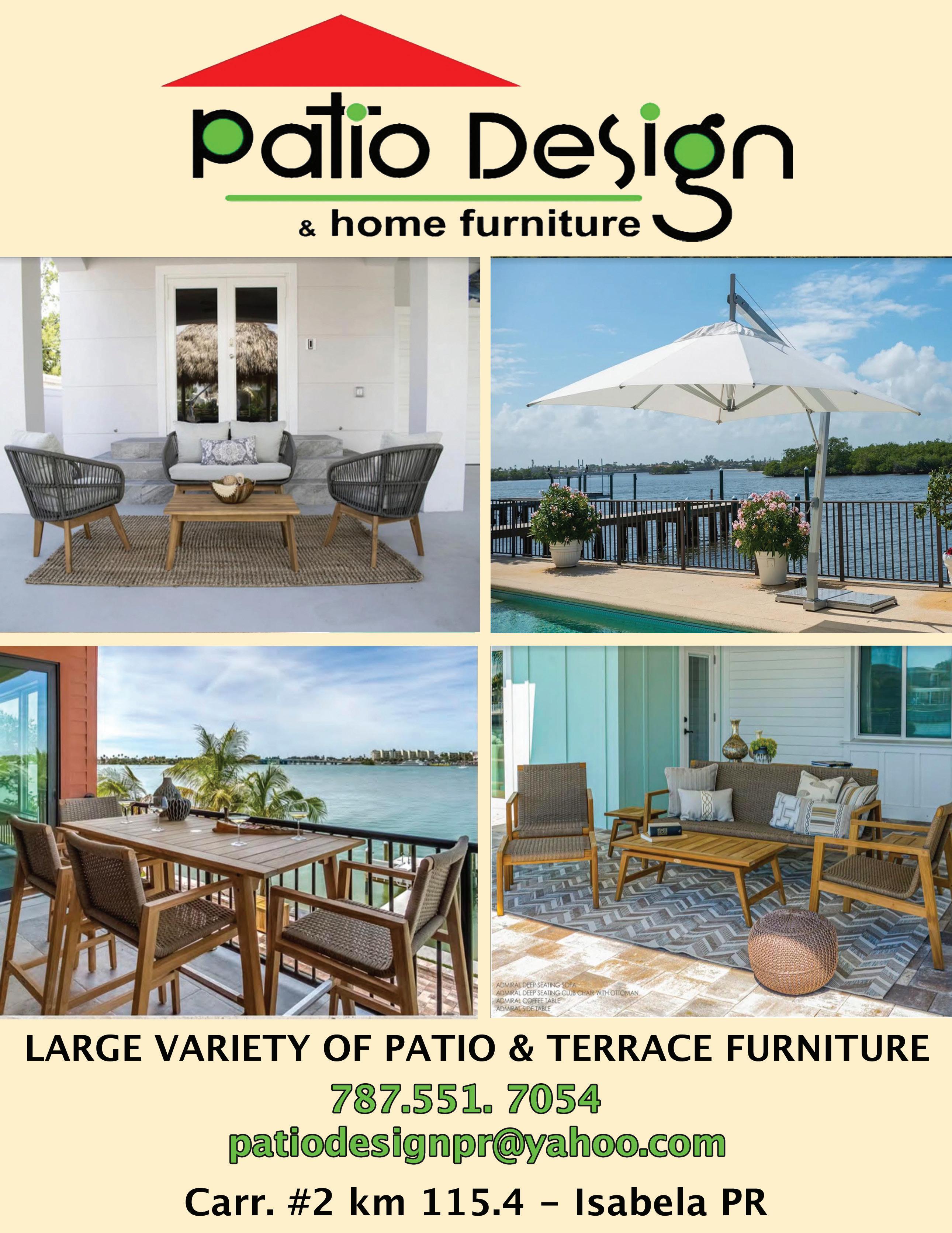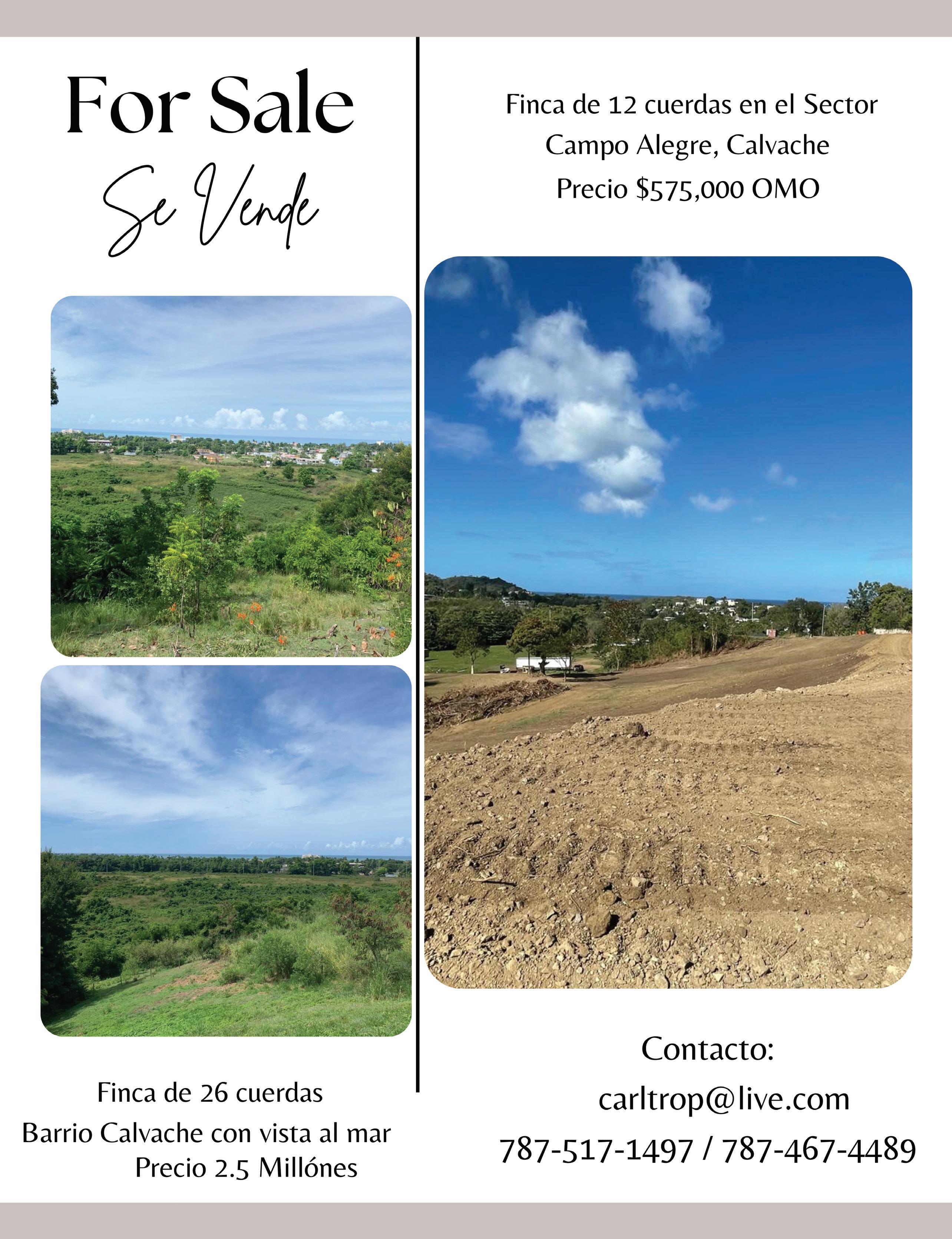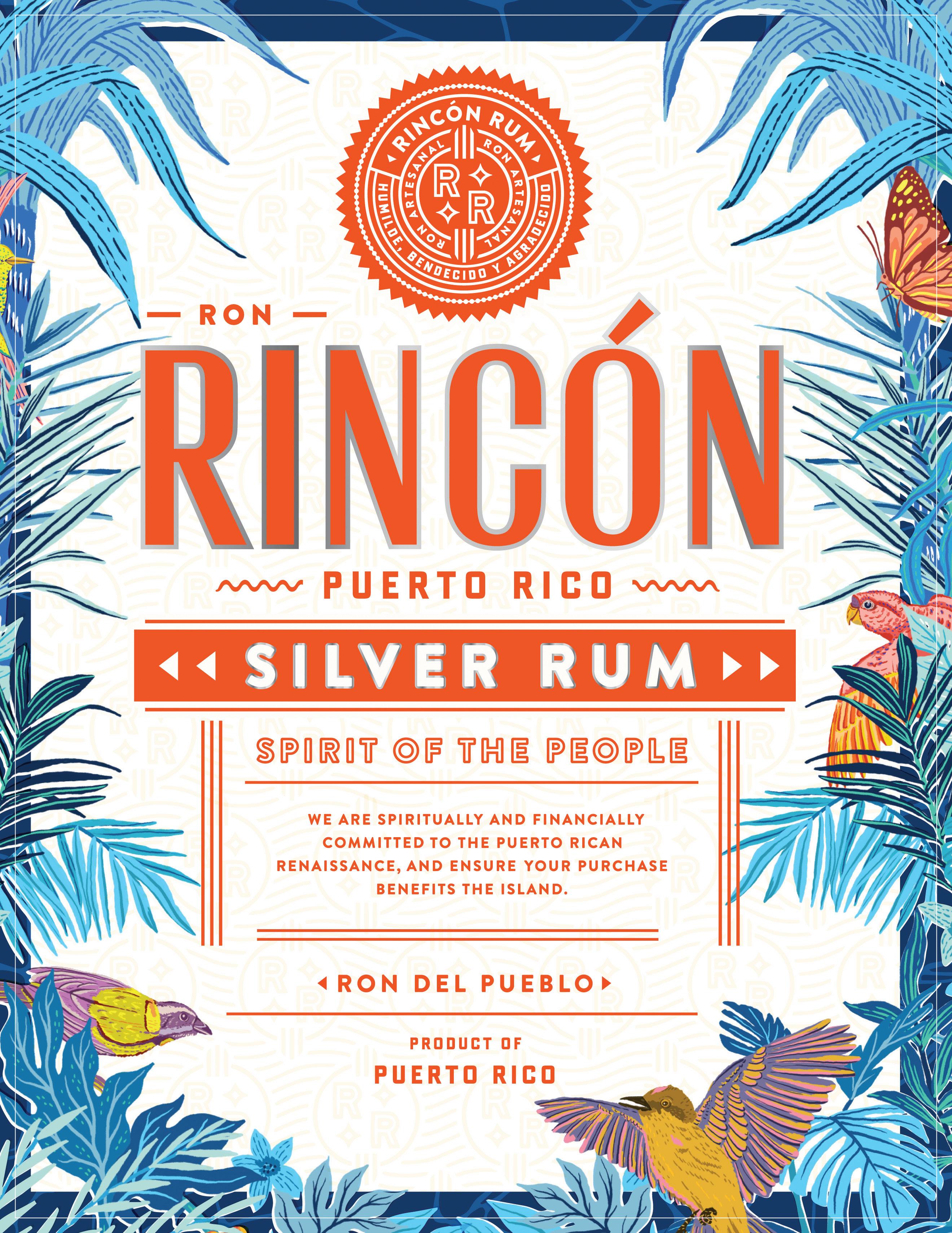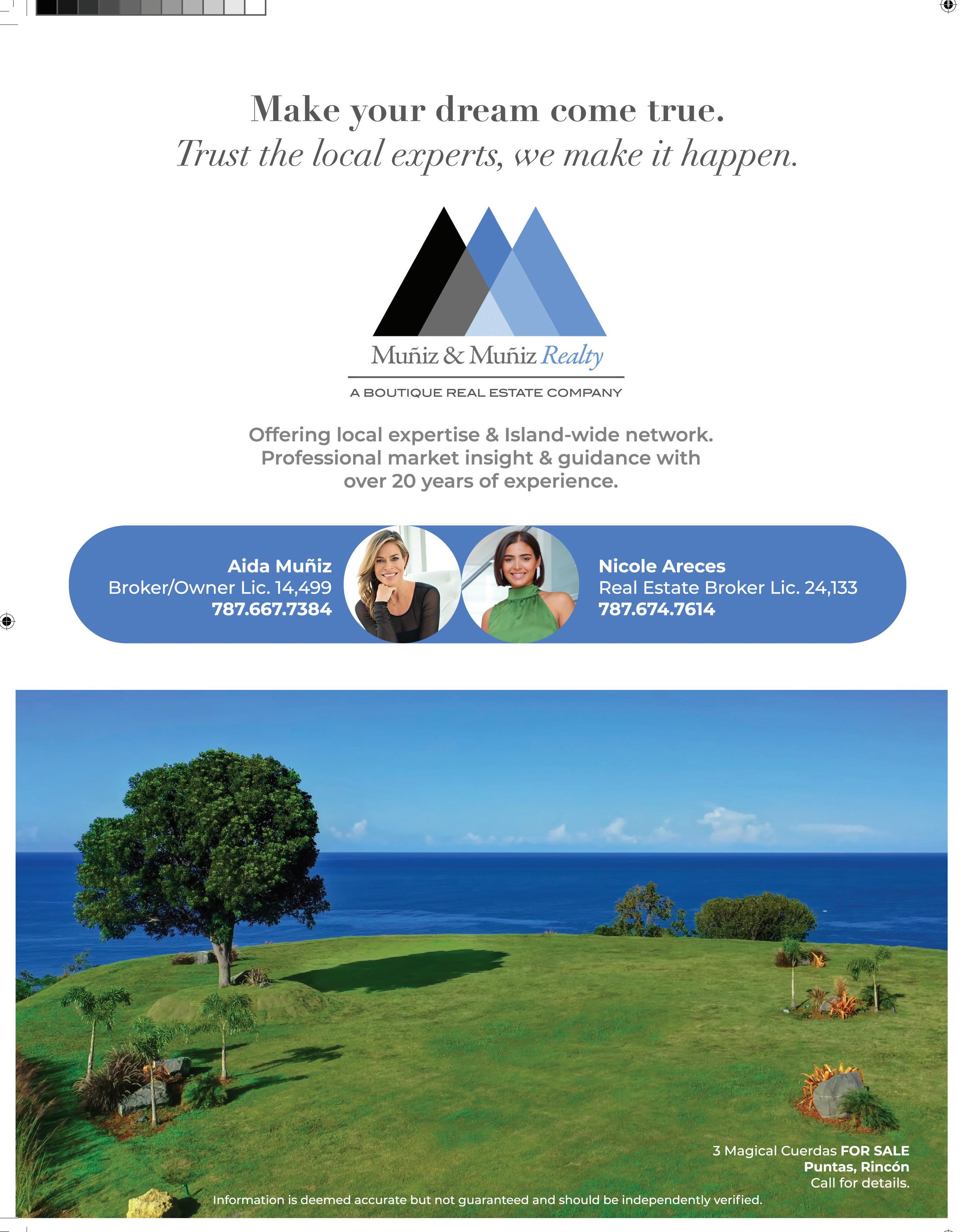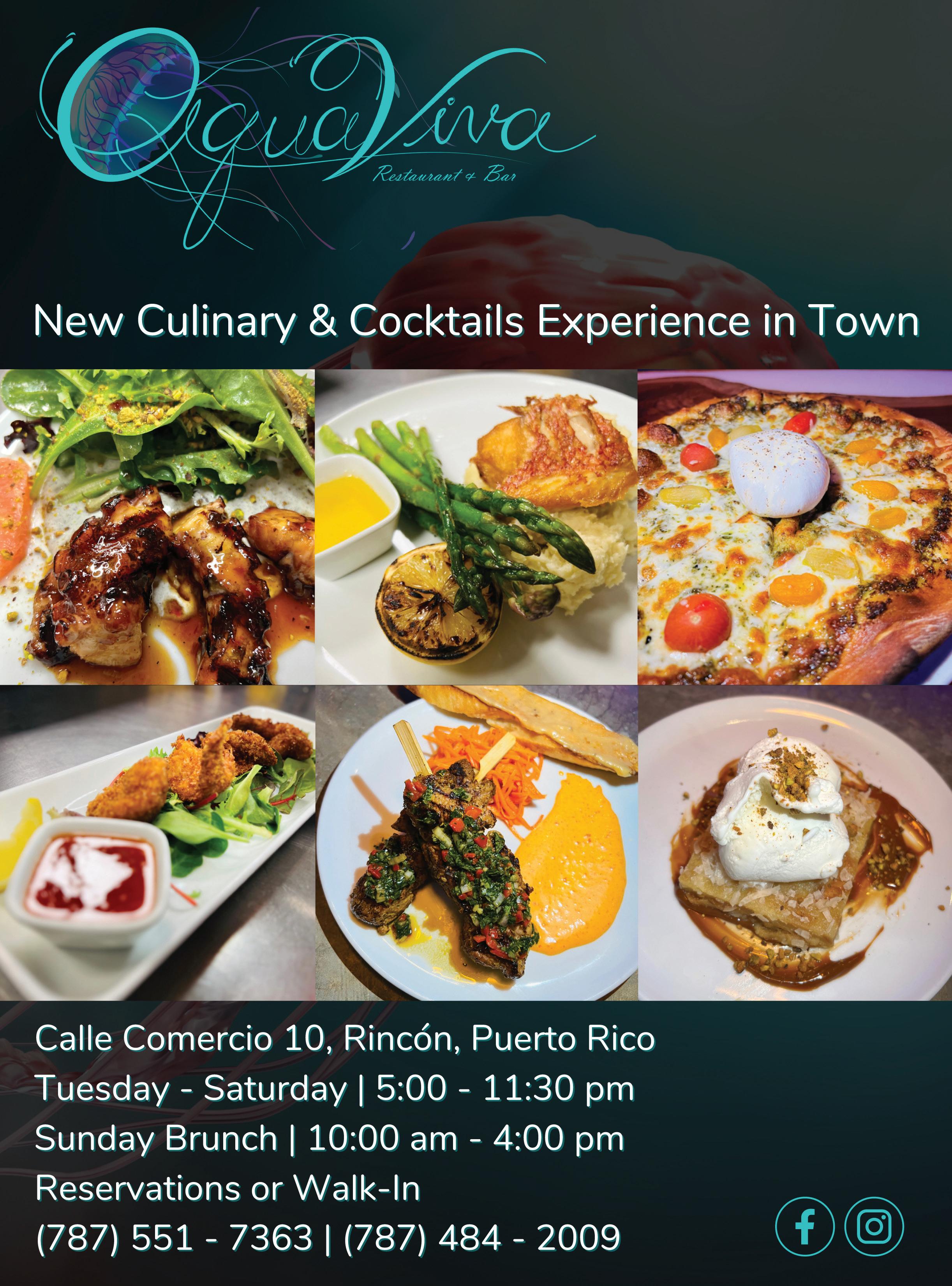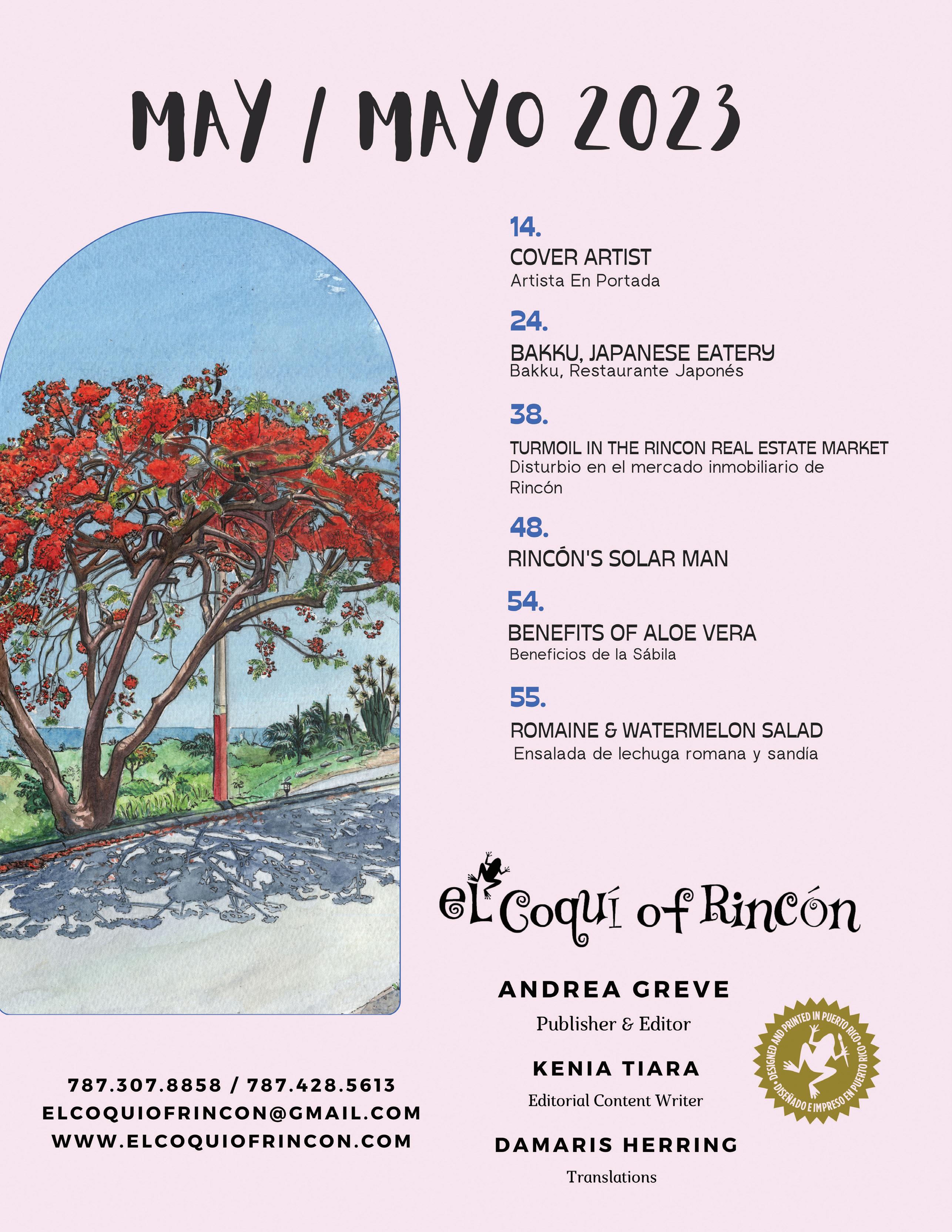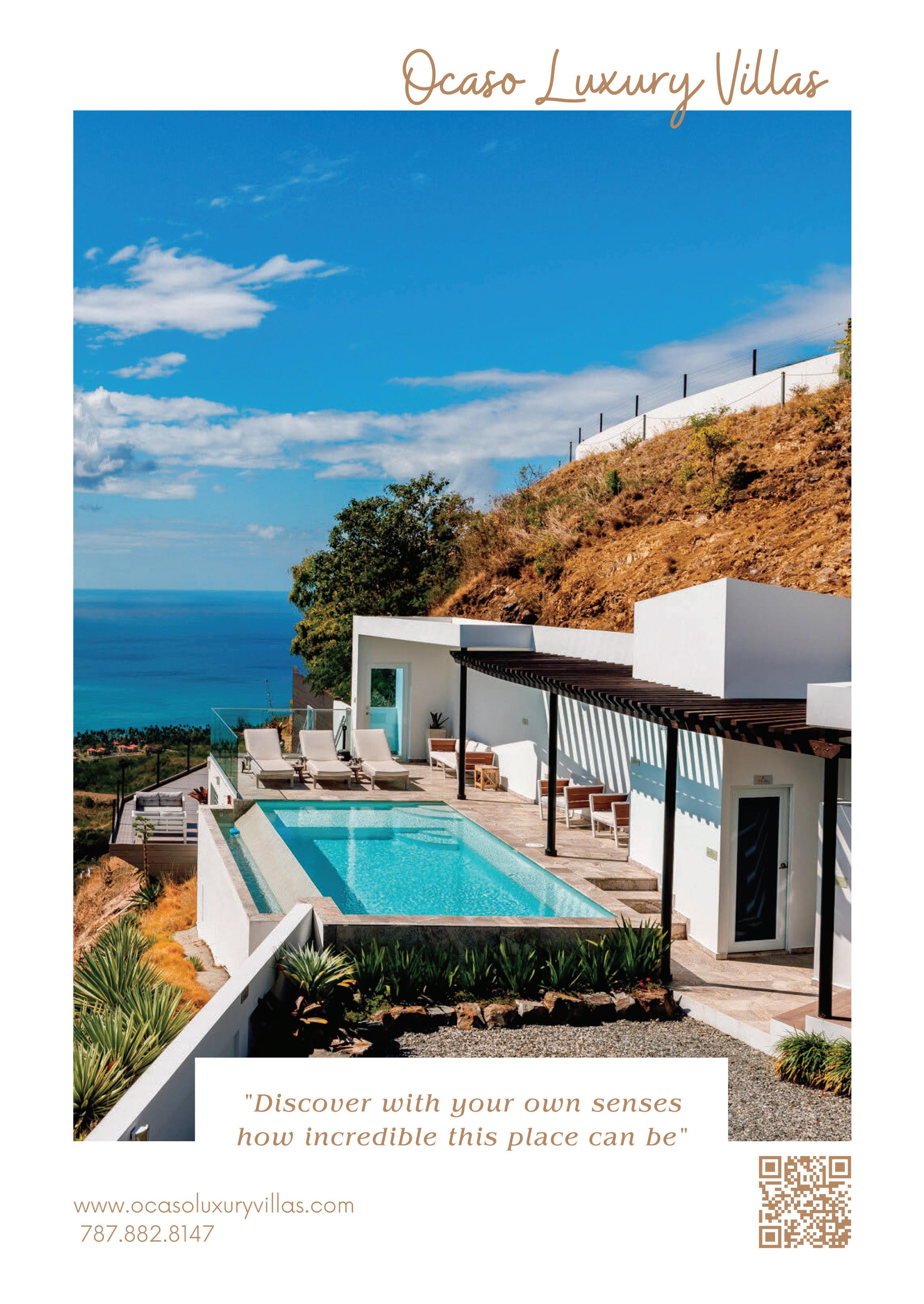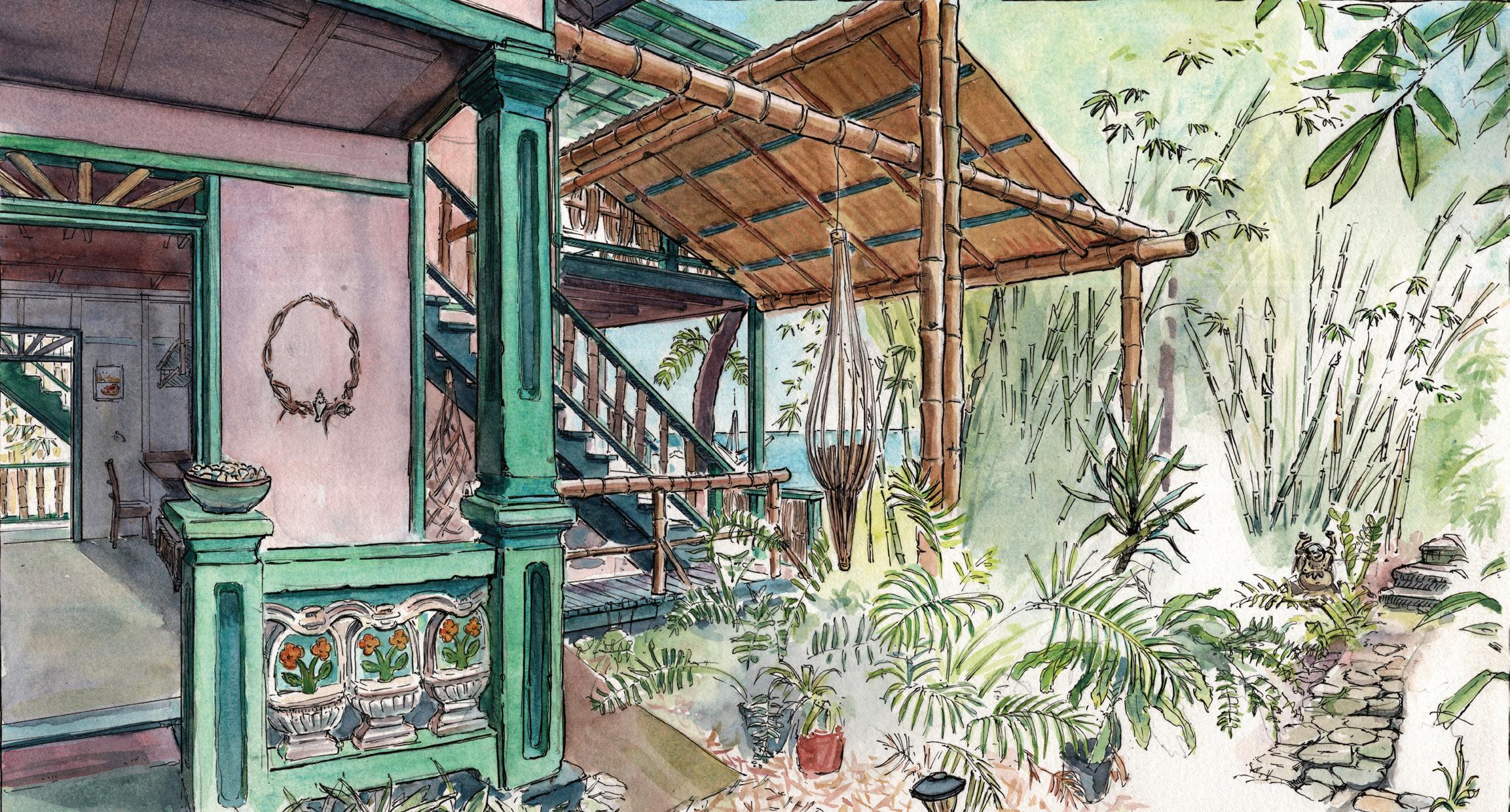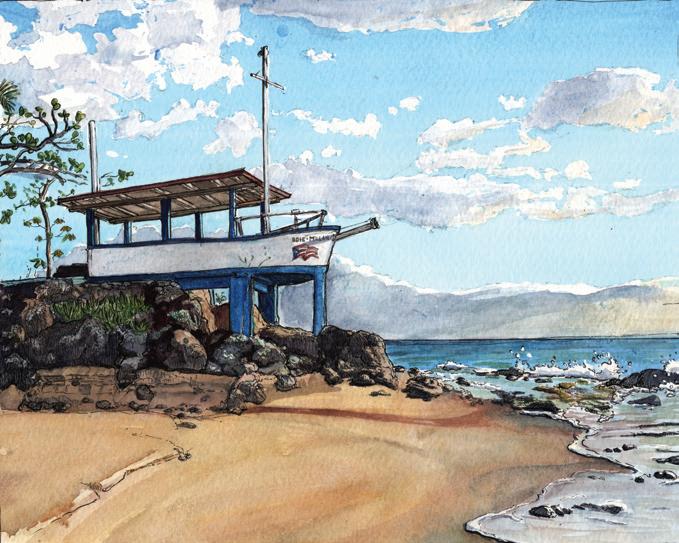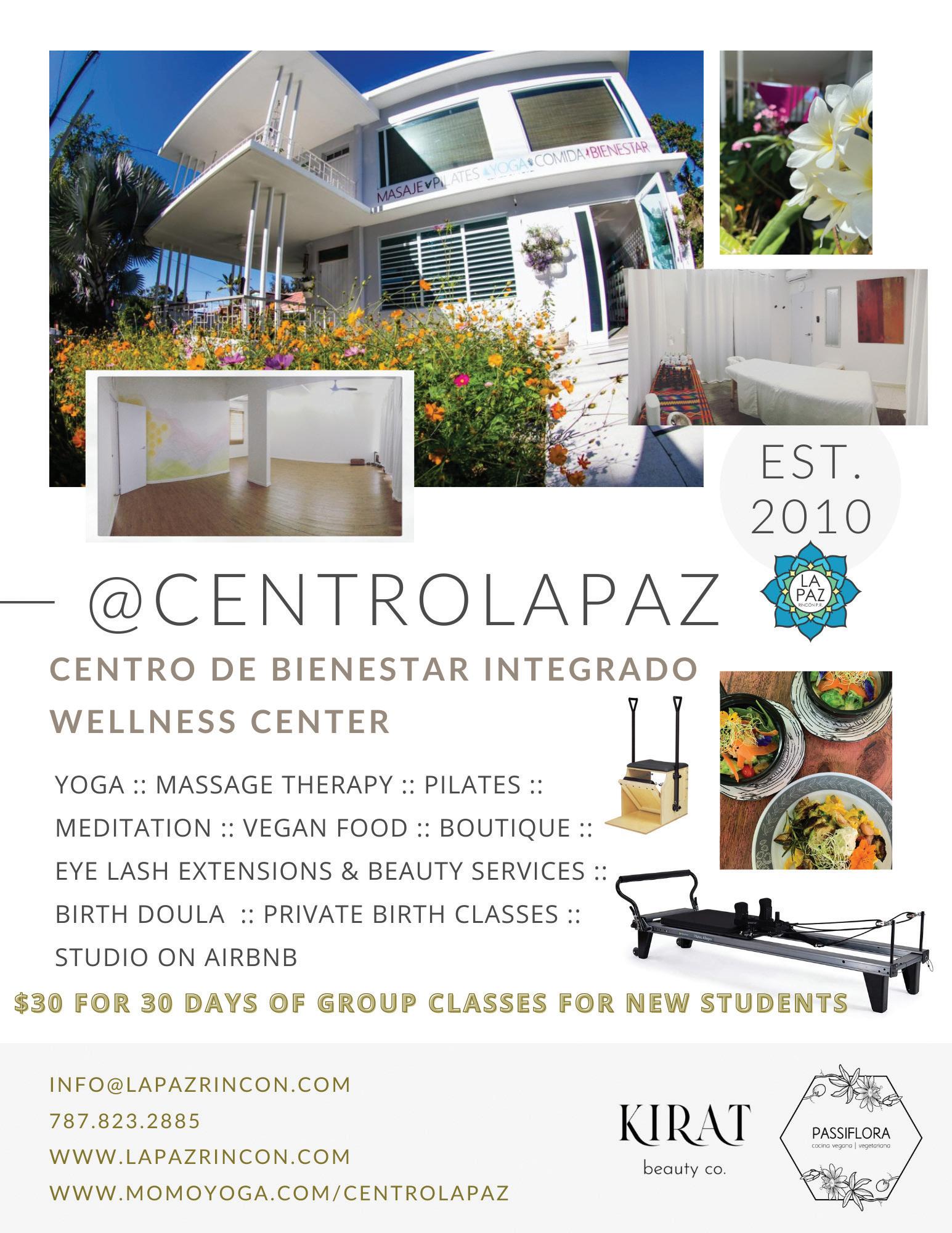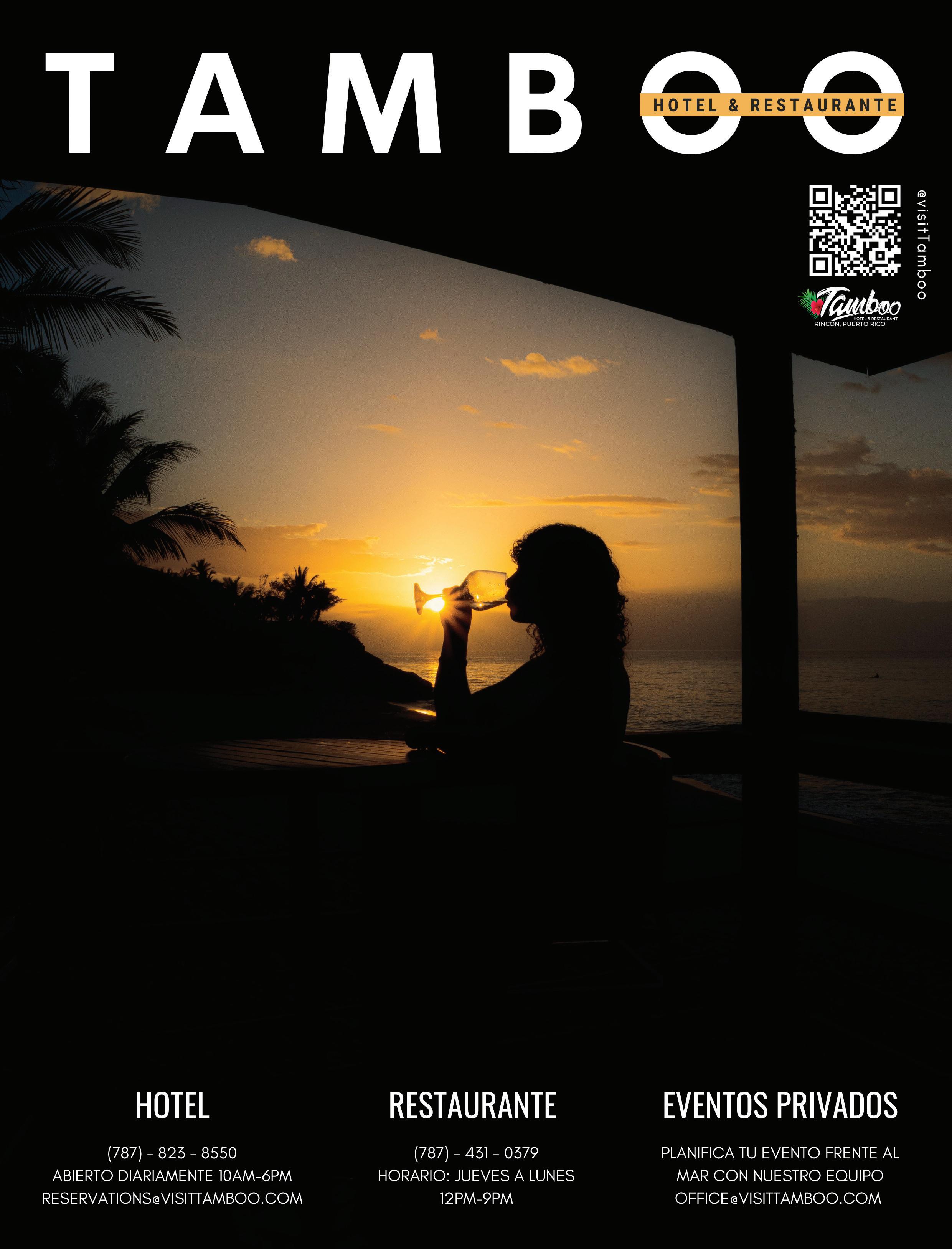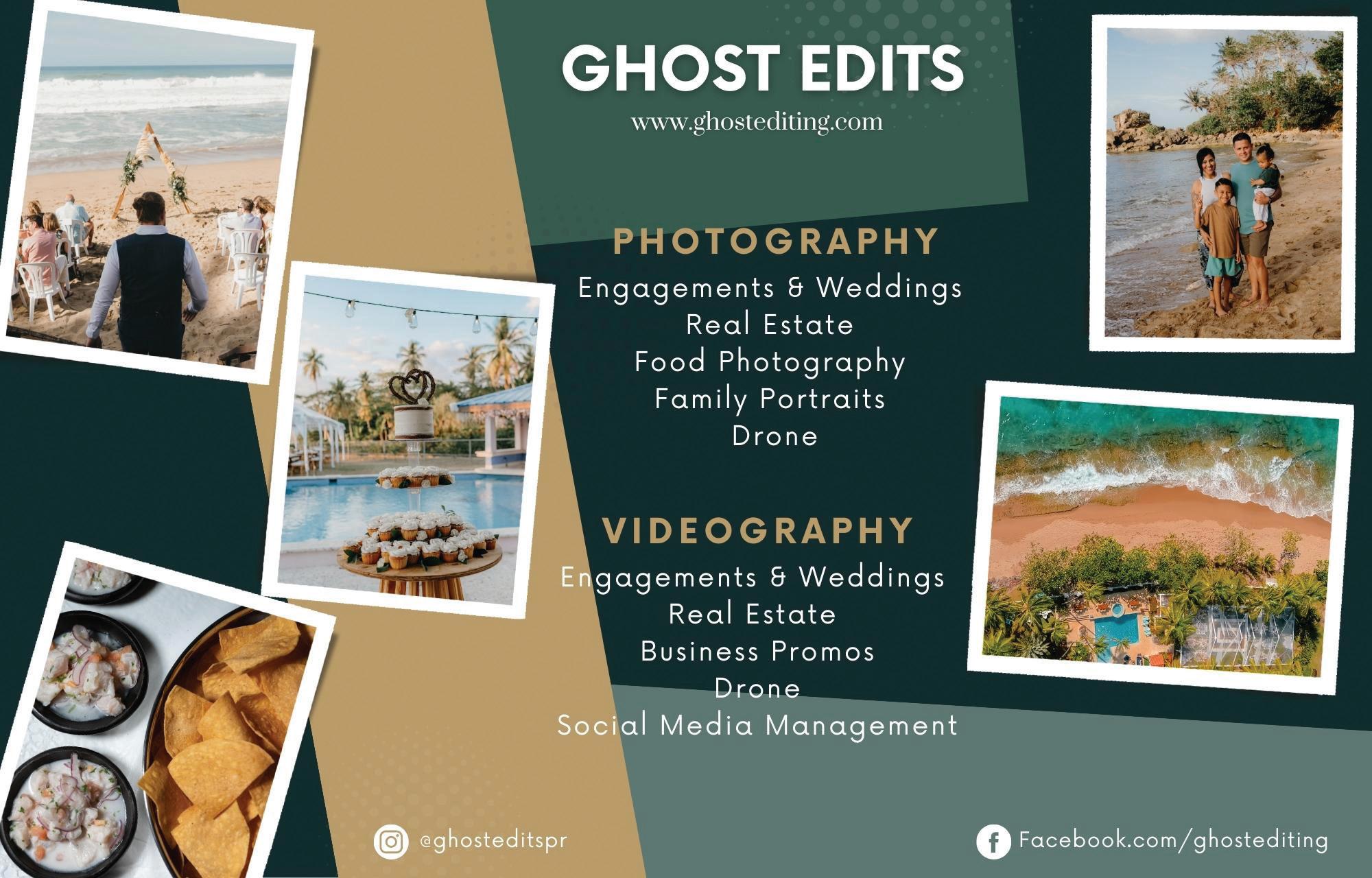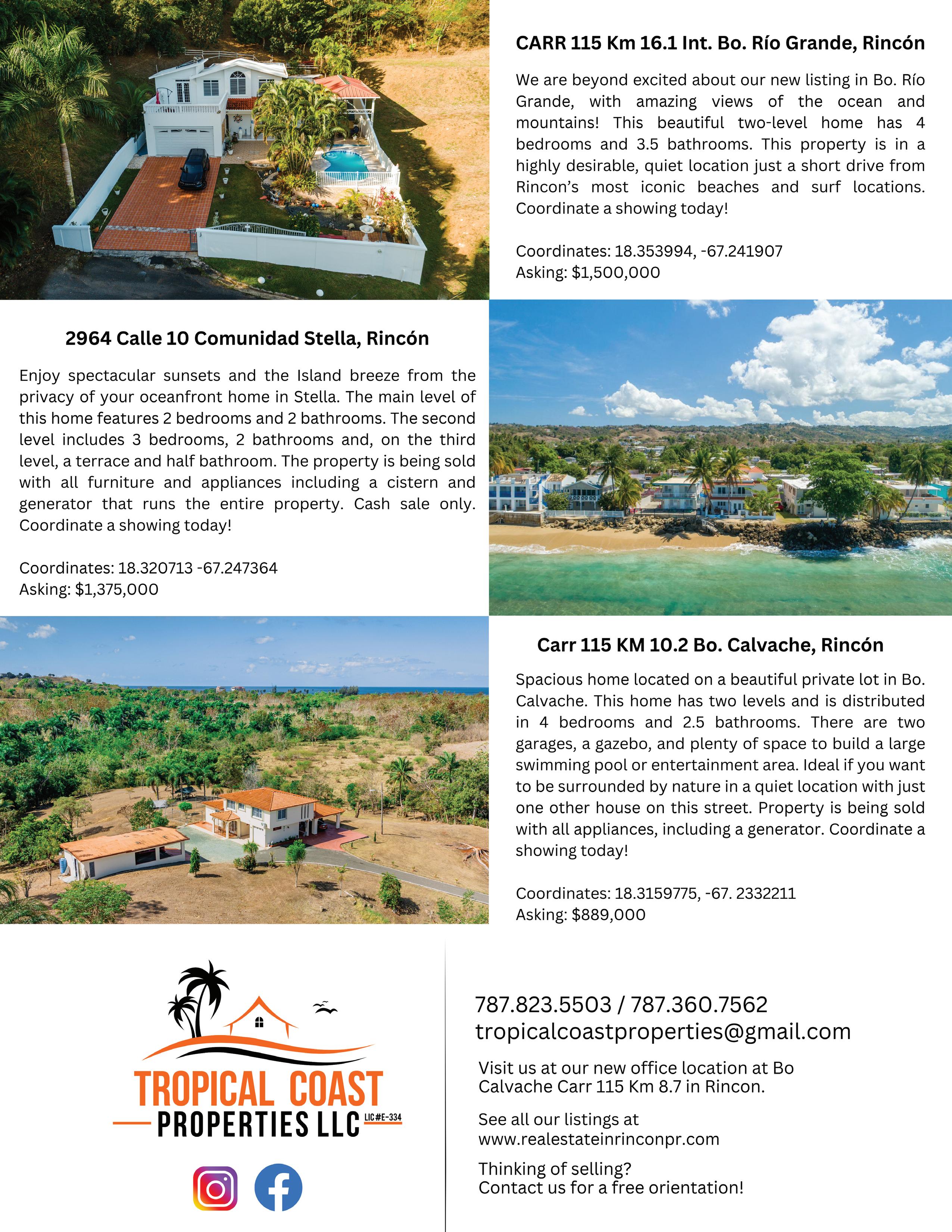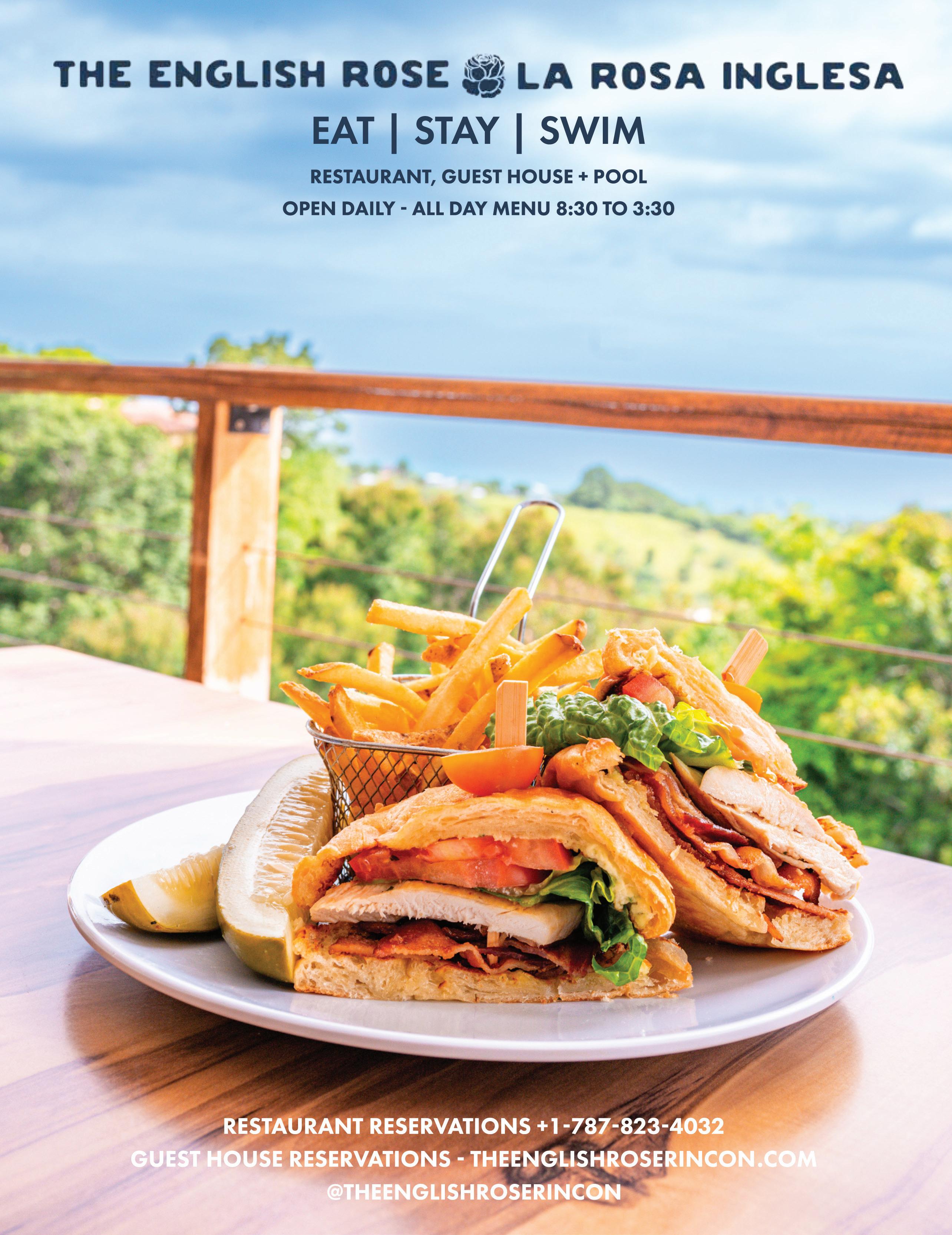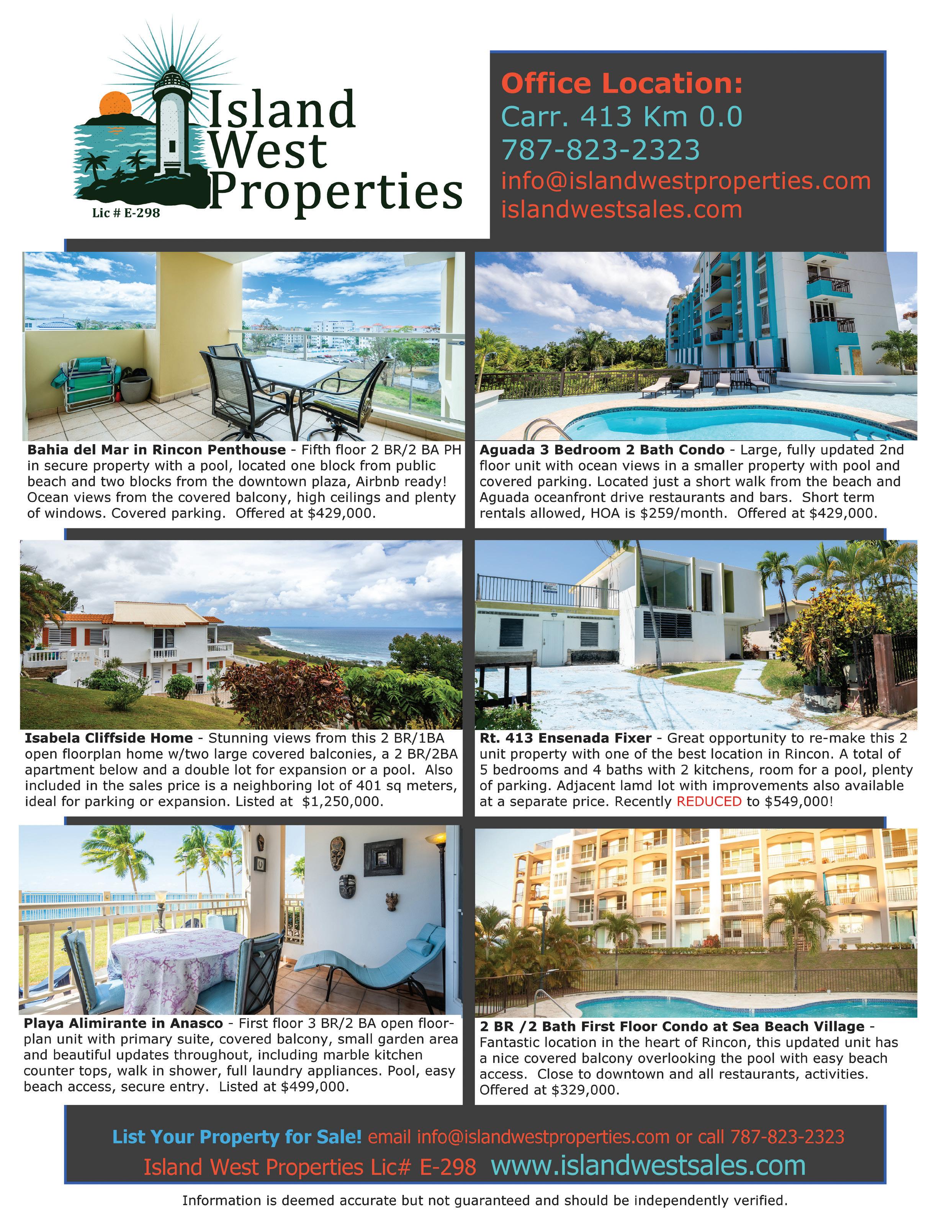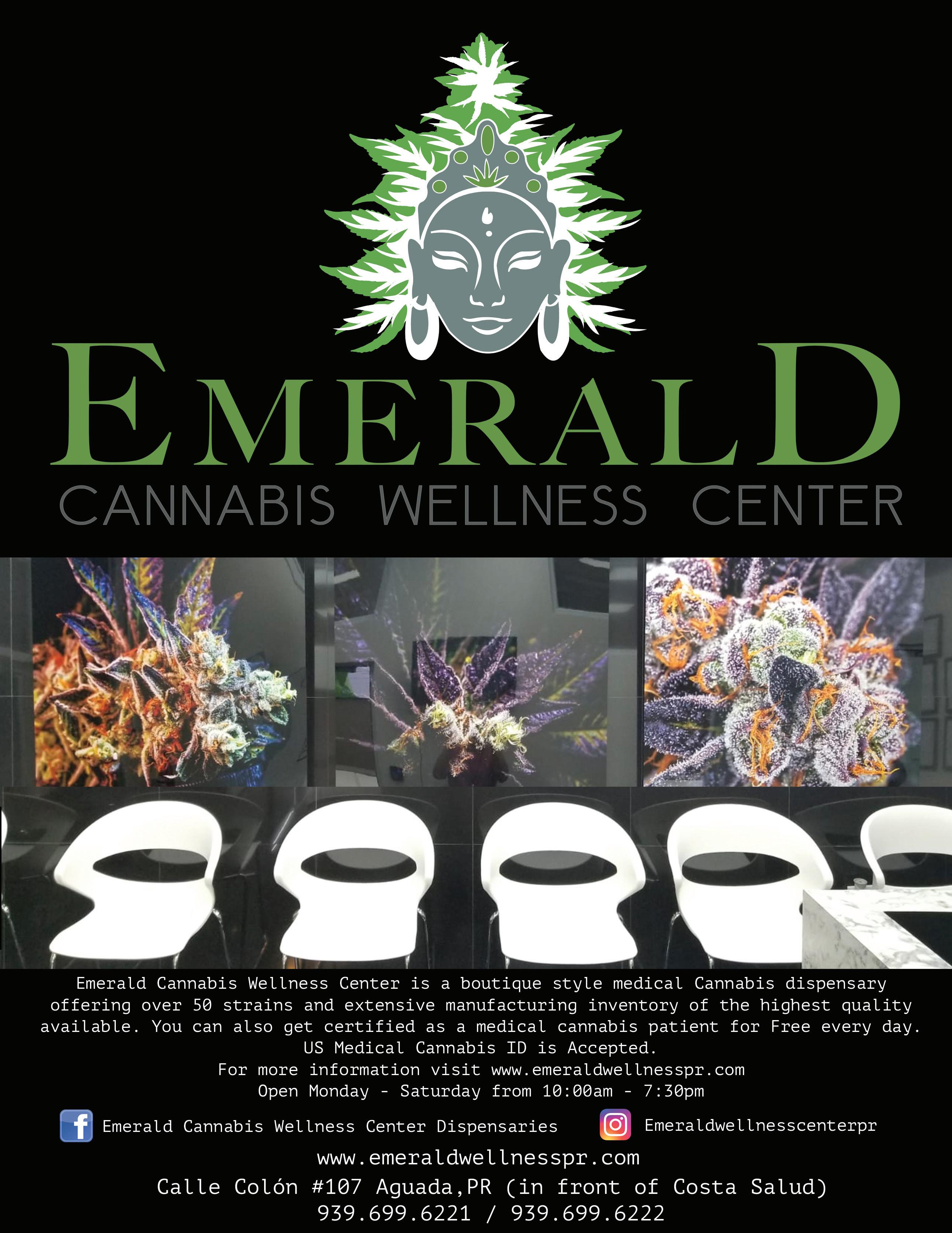Bakku, Japanese Eatery Bakku, Restaurante Japonés
I’m not going to lie, the first time I walked past Bakku a little over a year ago, I didn’t think much of it; another restaurant opening in Rincón, we see a lot of that.

A few months later, however, I started seeing friends of mine posting photos of the food at Bakku on their Instagrams, claiming it was the best sushi they’ve ever had in their lives. I soon discovered they weren’t lying. My experience at Bakku finally came. It was a rainy Wednesday afternoon, and a friend of mine suggested we get sushi. Neither of us had ever gone to Bakku, but after all the positive reviews seeping into my social media feed, we decided to give it a shot.
We pulled into the gray parking lot at Plaza Bonet and opened the tinted glass doors. To our surprise, we were immediately greeted by a warm yellow glow and friendly staff. The restaurant was cozy and decorated with calming colors of brown, cream, white, and pink which immediately made me feel comfortable and at relaxed. The menu had classic Japanese dishes that I recognized and new stuff that I had never heard of. We started out with their hot sake, served in a beautiful green ceramic bottle. It went down smoothly and warmed us right up. When the food arrived I was immediately captivated. The visual presentation was a true work of art—you could see the absolute minute attention to detail that went into the making of each dish. It was almost too pretty to eat! And finally: the moment of truth. With chopsticks in hand, I picked up a bite that literally melted in my mouth. Everything about it was perfect; the texture and flavor of the rice, the ratio of rice to fish, the superb quality of the fish. It was perfection.
And this brings us to our interview. I had to know! What was their secret? What and who is Bakku?
No voy a mentir, la primera vez que pasé por Bakku hace poco más de un año no pensé mucho en eso. En fin, otro restaurante que está abriendo en Rincón, ya hay mucho de eso. Meses más tarde, comencé a ver amigos míos publicando fotos de la comida en Bakku en sus Instagram, afirmando que era el mejor sushi que habían probado en sus vidas. Honestamente, no estaban mintiendo.
Finalmente llegó mi día, era un miércoles por la tarde lluvioso y un amigo sugirió que comiéramos sushi. Ninguno de nosotros había ido a Bakku, así que decidimos intentarlo. Entramos al estacionamiento de la Plaza Bonet. Tan pronto abrimos las puertas, para nuestra sorpresa, fuimos recibidos de inmediato por un cálido resplandor amarillo y su amable personal. El restaurante es acogedor y estaba decorado con colores relajantes como marrón, crema, blanco y rosa que inmediatamente me hicieron sentir cómoda y en casa.
El menú tiene platos japoneses clásicos que reconocí y cosas nuevas de las que nunca había oído hablar. Comenzamos con su Sake caliente servido en una hermosa botella de cerámica verde. Bajó súper suave y nos calentó. Cuando llegó la comida me cautivó de inmediato. La presentación visual fue una obra de arte literal. Se podía notar la absoluta atención al detalle que pusieron en la elaboración de cada plato. ¡Era demasiado bonito para comerlo! Y, finalmente, el momento de la verdad. Con los palillos en mano tomé un bocado que literalmente se derritió en mi boca. Todo fue perfecto. La textura, el sabor del arroz, la proporciones, la excelente calidad del pescado, todo. ¡Fue la perfección!
Y esto nos lleva a realizarle una entrevista. ¡Tenía que saberlo! ¿Cuál era su secreto? ¿Qué y quién era Bakku?
Page 24
Interview with Joerick Rivera & Veronica Paredes owners and masterminds behind Bakku
The two first met when Joerick owned his first restaurant in Rincón, Sophia’s Sushi, almost eight years ago. They started dating and eventually opened their first restaurant together, Pal Monte, a rustic style restaurant serving traditional Puerto Rican dishes. After Hurricane Maria they weren’t able to open so Joerick traveled to Florida for work. He began working as an assistant chef at Victoria and Alberts, a Micheline star restaurant owned by Disney, later moving on to work at a prestigious sushi bar in downtown Orlando. At the sushi bar he worked with two young Japanese chefs who taught him new and modern techniques in Japanese cuisine. Finally, after two years of being off the island and away from Veronica he returned with his head full of fresh ideas and together they began conceptualizing what eventually would be Bakku. Then the pandemic hit and once again life went on pause.
Bakku means to return
One of my first questions was about the origin of the name of the eatery : Where does the name Bakku come from? According to Joerick: “Bakuu means to return. In two senses. First off at Bakku we are returning to the roots of Japanese cuisine. In Puerto Rico, the sushi has more of a Caribbean twist with ingredients such as sweet plantains. And secondly, it’s significant of my return to making sushi in Rincón after eight years. I also believe that a business should have a short name that is easy to remember but is also catchy and strong.”
Everything at Bakku has a purpose
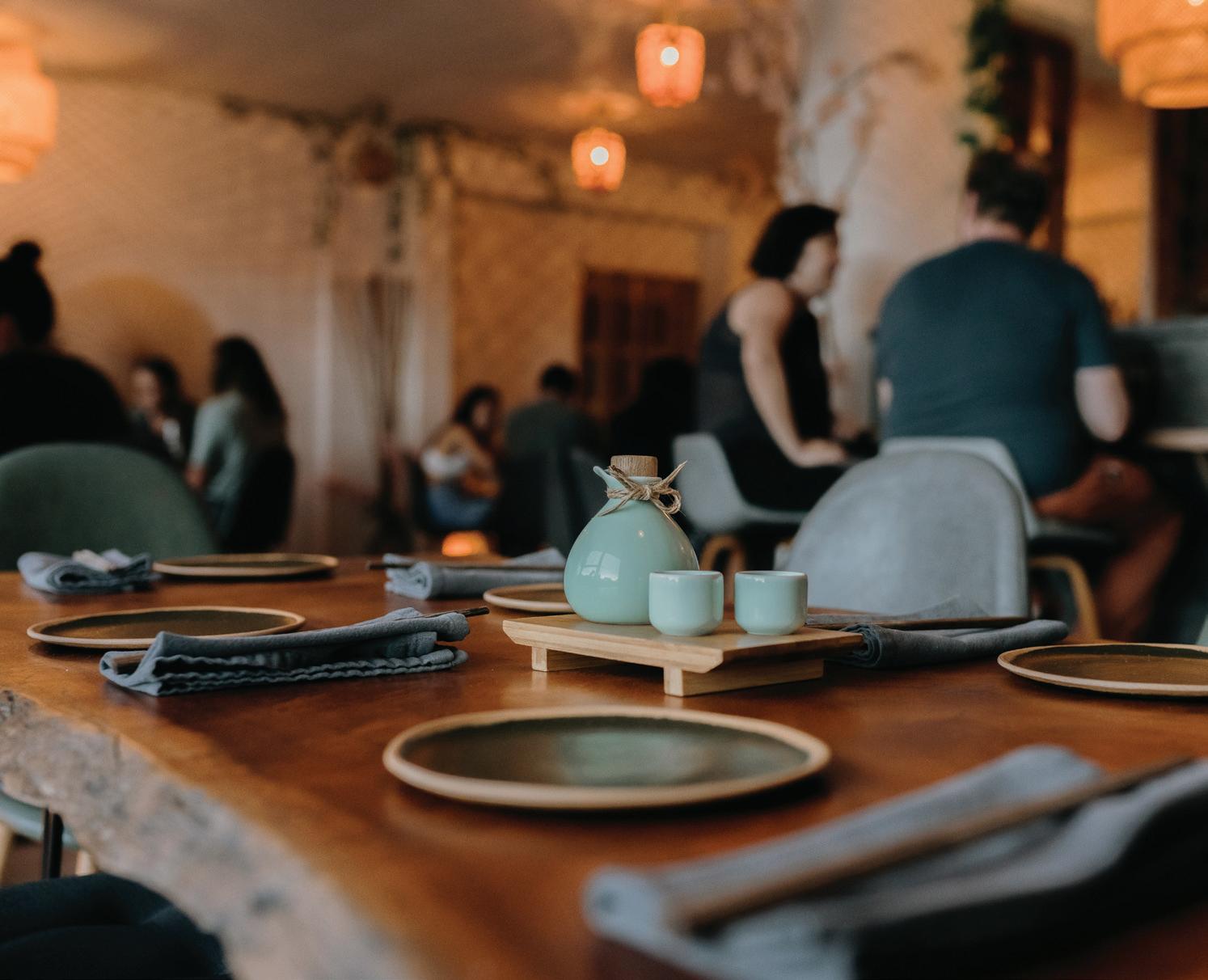
This is where attention to detail really comes into play. Every dish on the menu has been painstakingly designed and tested over and over again until absolute harmony in flavors and textures is achieved. Careful thought was even given when naming each dish. Joerick used the Miyu roll as an example “In Japanese Miyu means beauty. The Miyu roll is beautiful, it has all the colors, red, orange, green, white, black. It has different textures, it’s crunchy, it’s creamy, it’s spicy, it’s sweet. It’s beautiful and it’s perfect. I’m a very conceptual person and when I focus on the concept of a restaurant I don’t deviate. The concept for Bakku is a traditional Japanese eatery. You will never find any noodles, pad thai or fried rice on our menu. The flavors and every item on the menu are completely traditional to Japanese cuisine.”
Entrevista con Joerick Rivera y Verónica Paredes propietarios y autores intelectuales detrás de Bakku
Ambos se conocieron cuando Joerick era dueño de su primer restaurante en Rincón, Sophia’s Sushi, hace ocho años. Comenzaron a salir y abrieron su primer restaurante juntos llamado Pal Monte. Restaurante de estilo rústico que sirve platos tradicionales de Puerto Rico. Luego del huracán María no pudieron abrir, por lo que Joerick viajó a Florida por motivos de trabajo. Comenzó a trabajar como asistente de chef en Victoria and Alberts, un restaurante con estrella Michelin propiedad de Disney. Luego pasó a trabajar en un prestigioso bar de sushi en el centro de Orlando. En el bar de sushi trabajó con dos jóvenes chefs japoneses que le enseñaron técnicas nuevas y modernas en la cocina japonesa. Después de dos años de vivir fuera de la isla y lejos de Veronica, regresó con la mente llena de ideas frescas e innovativas y juntos comenzaron a conceptualizar lo que eventualmente sería Bakku. Pero, al llegar la pandemia una vez más la vida se detuvo.

Bakku significa “volver”
Una de mis primeras preguntas fue, ¿de dónde viene el nombre Bakku? Según Joerick nos cuenta que “Bakku significa volver. En dos sentidos. En primer lugar, en Bakku es volver a las raíces de la cocina japonesa. En Puerto Rico, el sushi tiene un toque más caribeño con ingredientes como los plátanos maduros. Y segundo, significa su regreso a hacer sushi en Rincón después de ocho años. También, entiende que una empresa debe tener un nombre corto que sea fácil de recordar, pegajoso y fuerte”.
Todo en Bakku tiene un propósito
Aquí es donde realmente entra en juego la atención al detalle. Cada plato del menú ha sido minuciosamente diseñado y probado una y otra vez hasta lograr la perfección absoluta. Incluso se pensó cuidadosamente al nombrar cada plato. Joerick usó el rollo de Miyu como ejemplo: “En japonés, Miyu significa belleza. El rollo de Miyu es hermoso, tiene todos los colores, rojo, naranja, verde, blanco y negro. Tiene diferentes texturas, es crujiente, es cremoso, es picante, es dulce. Es hermoso y perfecto. Soy una persona muy conceptual y cuando me enfoco en el concepto de un restaurante no me desvío. El concepto de Bakku es un restaurante tradicional japonés. Nunca encontrarás fideos, pad thai o arroz frito en nuestro menú. Los sabores y cada elemento del menú son completamente tradicionales para la cocina japonesa.”
Page 25
Perfection is pressure
According to Veronica “at Bakku we are here to create a unique experience and the pressure is on. Most nights we have a waiting list of one to two hours. After someone has been waiting for two hours to eat, their expectations are very high, and that’s when the pressure really hits. To not only meet their expectations but to go above and beyond.” Joerick continues: “a large part of our success is due to our team. I’m nothing without them. They’re an even larger working part to Bakku than me. I have an incredible bond with both of my chefs. The real boss here is not me, it’s Bakku.


La perfección es presión
Veronica continúa: “en Bakku estamos aquí para crear una experiencia única y la presión está ahí. La mayoría de las noches tenemos una lista de espera de una a dos horas. Después de que alguien ha estado esperando durante dos horas para comer, sus expectativas son muy altas y ahí es cuando realmente llega la presión. No solo cumplir con sus expectativas, sino ir más allá”. Segun Joerick: “Gran parte de nuestro éxito se debe a nuestro equipo. No soy nada sin ellos, son una parte de trabajo aún más grande para Bakku que yo. Tengo un vínculo increíble con mis dos chefs. El verdadero jefe aquí no soy yo, es Bakku.”
No todo es perfecto en el mundo de Bakku
Uno de los desafíos más difíciles para Joerick y Veronica es obtener sus ingredientes, tanto productos secos como pescados y mariscos. La calidad es de suma importancia en Bakku y sus proveedores cotidianos no trabajan la mayoría de los ingredientes tradicionales utilizados. ¡Afortunadamente, Joerick consiguió las conexiones! Entre sus amigos chefs, su familia y los contactos hechos al trabajar en la industria, pudo obtener sus ingredientes de Nueva York, Virginia y Florida. Me mostró un ejemplo de una semilla de sésamo específica que necesitaba para uno de sus platos y un tipo específico de salsa de soja que necesitaba para el sashimi. Pudo llamar a uno de sus contactos en Estados Unidos y le enviaron todo a PR por correo. Cuando se trata de pescados y mariscos frescos, los obtienen de un contacto secreto que Joerick tiene en Miami o ¡frescos de los mejores pescadores de Rincón!
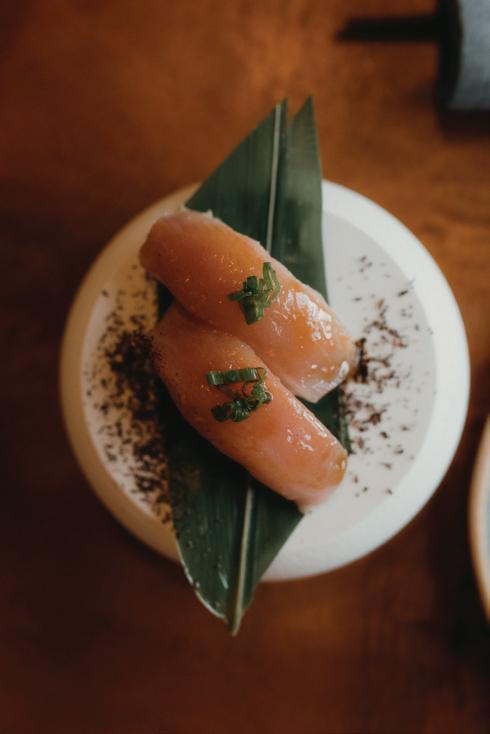
Todos los jueves, Joerick hace una llamada a Miami que no se puede perder. Dos días después, conduce hasta Aguadilla para recoger su pedido. Según Verónica “lo mismo ocurre con los ingredientes de la barra. Nuestro bar es un bar tradicional japonés y está pensado para combinar a la perfección con la comida. Desafortunadamente, no es fácil conseguir todos los licores e ingredientes que necesitamos”


Not all is perfect in the world of Bakku
One of the toughest challenges for Joerick and Veronica is sourcing their ingredients, both dry goods and their fish and seafood. Quality is of the upmost importance at Bakku and your everyday suppliers on the island don’t carry most of the traditional ingredients used. Luckily Joerick has strong connections in his field. Between his chef friends, family, and contacts made from working in the industry he is able to source his ingredients from New York, Virginia, and Florida. He gave me an example of a precise type of sesame seed he needed for one of his dishes, as well as a specific variety of soy sauce he needed for sashimi. He was able to call one of his contacts in the US and they sent him everything to PR through the mail.
When it comes to fresh fish and seafood, Bakku either sources it from a secret contact Joerick has in Miami or fresh from Rincón’s best fishermen. Every Thursday Joerick makes a call to Miami that he absolutely can not miss. Two days later he makes the drive up to Aguadilla to pick his order up. According to Veronica “the same goes with ingredients for the bar. Our bar is a traditional Japanese bar and is meant to combine perfectly with the food. Unfortunately, it’s not easy to get all the liquors and ingredients we need”

Page 26
About the Bar
According to Veronica, “our bar is completely faithful to Japanese tradition. Our vodkas, whiskeys, and gins are all made in Japan. We even have a Japanese rum! Currently, our favorite cocktail on the menu is called Rise Up. It’s made with a Japanese gin, tonic water, and a special Japanese citrus. But what makes this drink even more special is the presentation. It’s served in a small wooden box that’s representative of a Masu cup. A Masu cup is a box traditionally made of Cypress and is used to drink sake from. Unfortunately, it’s difficult and expensive to get the exact boxes made of Cypress so we add a Cypress aroma to the drink for the full effect. When the drink arrives to a client, not only do they get the full presentation, but they also get that lovely aroma of Cypress. Absolutely everything at Bakku has its purpose, and that’s how we like it”
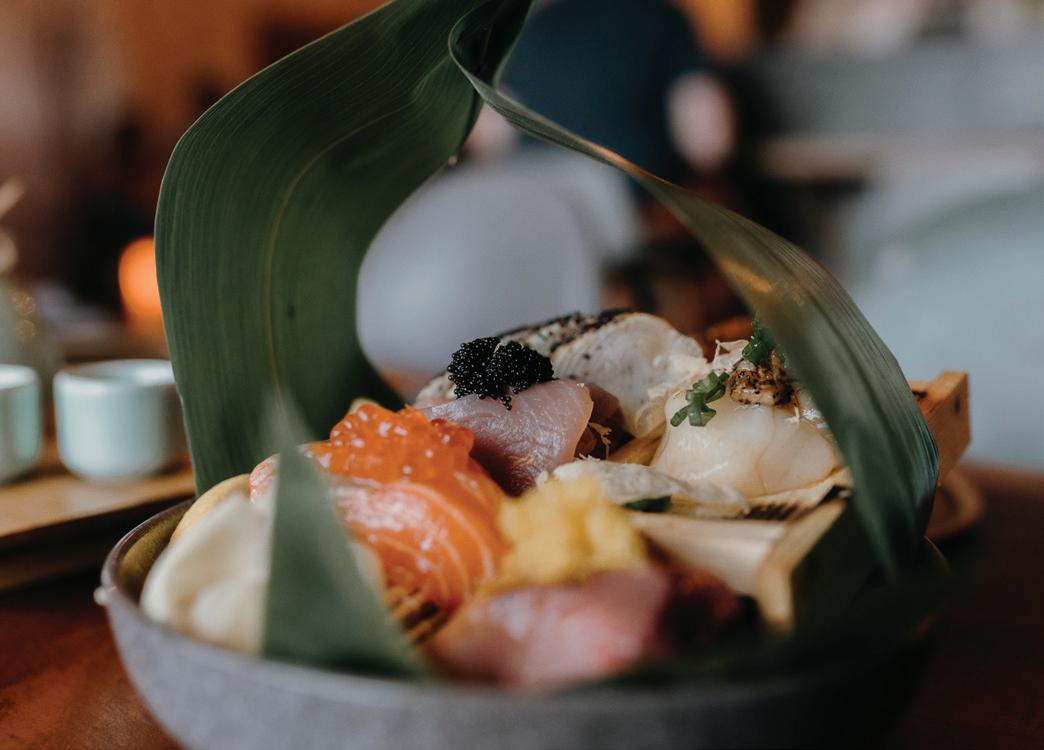
“The weirdest part of Bakku is our menu”
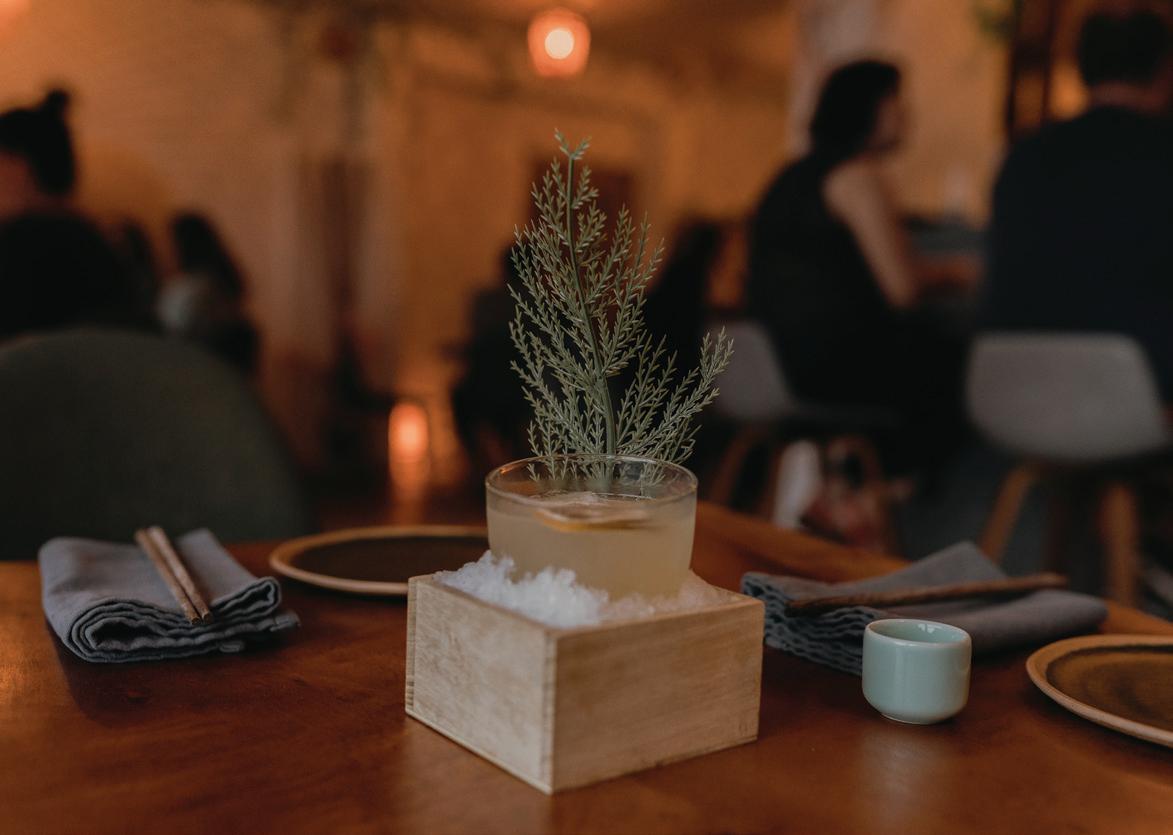

This part of the interview started with Joerick asking me “In a normal restaurant who is a menu designed for?” I answered, “for the clients.” He returned with an unexpected response. “Bakku is not like that. We designed the menu at Bakku for us. The wine menu is all wines that we carefully selected and personally love. Our cocktails feature lots of ginger and lots of yuzu because that’s what we like. And the menu is the same, the perfect example is our octopus carpaccio. Veronica absolutely loves octopus so I made a special dish that I knew she would love. The menu at Bakku is what we like. It’s an experience I’m bringing to you based on years of experience. If I was designing a menu to please everyone I would have put a California roll on the menu, maybe an Alaska roll and lots of fried stuff because that’s what people like right? But I designed this menu for me, based on what I like, what Veronica likes and what our chefs like. It’s a menu to get to know us and at the same time for everyone to enjoy.”
Sobre la barra
Verónica añade que el bar es totalmente fiel a la tradición japonesa. Sus vodkas, whiskys y ginebras se elaboran en Japón. ¡Incluso tienen un ron japonés! Actualmente, su cóctel favorito en el menú se llama Rise Up. Está elaborado con una ginebra japonesa, agua tónica y un cítrico japonés especial. Pero lo que hace que esta bebida sea aún más especial es la presentación. Se sirve en una pequeña caja de madera que representa una taza Masu. Una copa Masu es una caja hecha tradicionalmente de ciprés y se usa para beber sake. Desafortunadamente, es difícil y costoso obtener las cajas exactas hechas de ciprés, por lo que agregamos un aroma de ciprés a la bebida para obtener el efecto completo. Cuando la bebida llega al cliente, no solo obtiene la presentación completa, sino que también recibe ese delicioso aroma a ciprés. Absolutamente todo en Bakku tiene su propósito, y así gusta.



“La parte más extraña de Bakku es el menú”
Esta parte de la entrevista comenzó con Joerick preguntándome: “En un restaurante normal, ¿para quién está diseñado un menú?” Respondí, “para los clientes”. Y me responde: con “Bakku no es así. El menú en Bakku ha sido diseñado para nosotros. La carta de vinos son todos los vinos que seleccionamos cuidadosamente y amamos personalmente. Nuestros cócteles contienen mucho jengibre y mucho yuzu porque eso es lo que nos gusta. Y la carta es la misma, el ejemplo perfecto es nuestro carpaccio de pulpo. A Veronica le encanta el pulpo, así que preparé un plato especial que sabía que le encantaría. El menú en Bakku es lo que nos gusta. Es una experiencia que les traigo basada en años de experiencia. Si estuviera diseñando un menú para complacer a todos, habría puesto un rollo de California en el menú, tal vez un rollo de Alaska y muchas cosas fritas porque eso es lo que le gusta a la gente, ¿no? Pero diseñé este menú para mí, basado en lo que me gusta, lo que le gusta a Veronica y lo que les gusta a nuestros chefs. Es un menú para conocernos y al mismo tiempo para el disfrute de todos.”
Page 27
“A large part of our success is due to our team. Bakku is nothing without them.” -Joerick
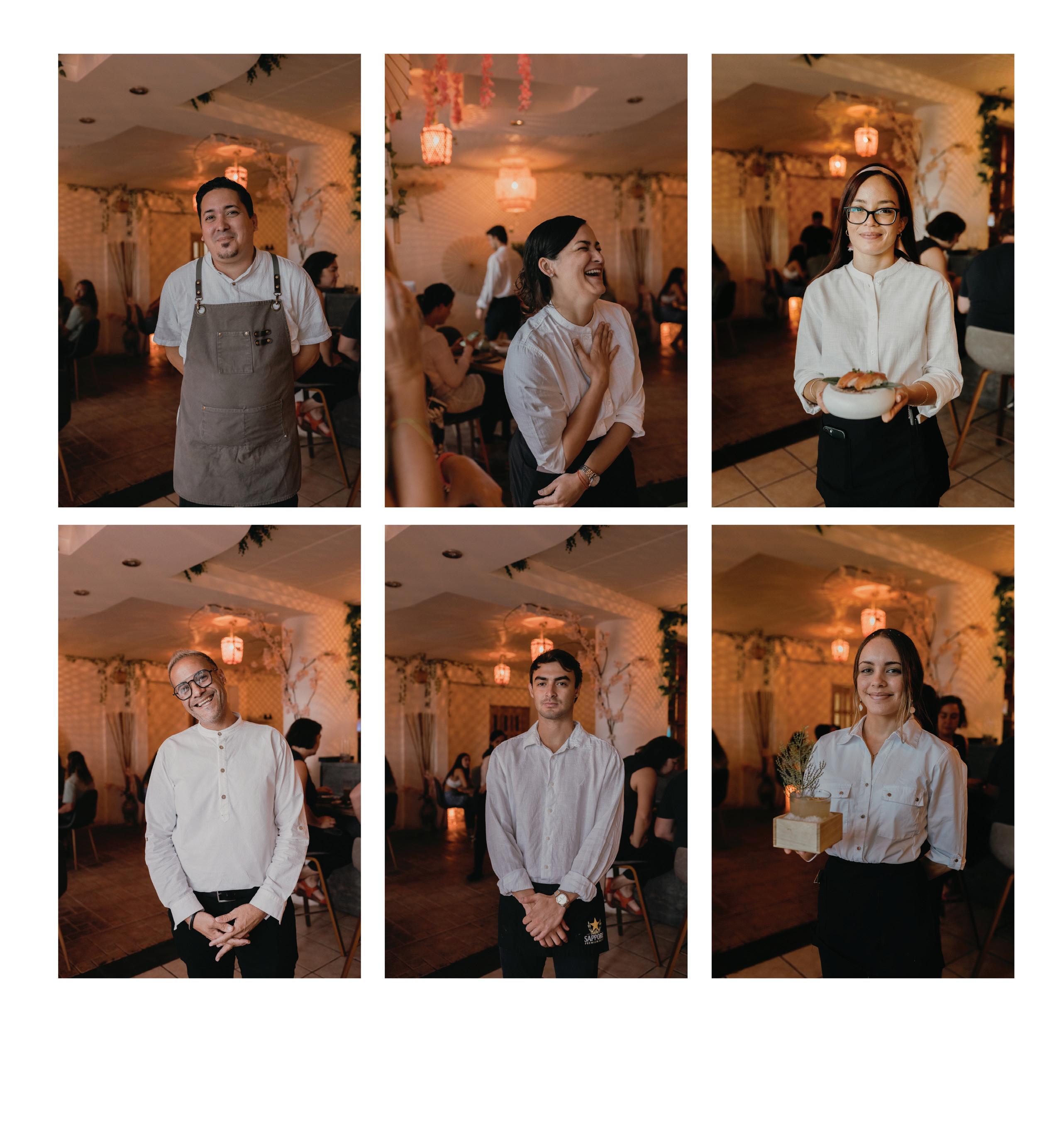
“Gran parte de nuestro éxito se debe a nuestro equipo. Bakku no seria nada sin ellos.” -Joerick
What you can expect at Bakku is a little piece of Japan in every aspect. Traditional Japanese cuisine and drinks served in a cozy setting by people full of passion in our little town of Rincón.
Lo que puede esperar en Bakku es un pedacito de Japón en todos los aspectos. Cocina tradicional japonesa y bebidas servidas en un ambiente acogedor por gente llena de pasión en nuestro pequeño pueblo de Rincón.
Chef Joerick Rivera Veronica Paredes Angela Sánchez
Page 28
Alejandro Cabrera Diego Astacio Silvestry Shakira Valentín
Manuel Ramos Pérez, Chef at Bakku Restaurant. It is said that you do not choose your profession, it chooses you, this is the case of Manuel. Since he was little he showed interest in cooking and based on necessity he had to learn how to do it. Later in life he began to acquire recipe books until cooking became a hobby. He went from studying Industrial Biotechnology to being a Certified Chef by the Hotel School of San Juan, Recinto de Mayagüez. Changing his profession was not the plan, but he decided to take the risk of turning his hobby into something real. Well, he loves to eat and he can’t eat without cooking.
Being a chef nowadays is competitive, and you cant become great unless your passionate about the industry. You must be up to date with new trends and updated techniques. What inspires him to cook is the reaction to a job well done. There is something so satisfying to him about taking raw ingredients and working them into a memorable and pleasurable culinary experience for all to enjoy. His motivation to persist is his passion for food and the desire to improve every day.
Bakku has been the true school of his experience in Japanese gastronomy. Thanks to Bakku’s “open kitchen” concept, interacting with customers and seeing that they enjoy what they have been preparing for hours seems like an excellent contribution to the experience of visiting or being in Rincón. It is a privilege to work in Rincón and he appreciates all the love from his people. Instagram: @ manuelramos117.
Manuel Ramos Pérez, Chef de Bakku Restaurant. Se dice que tu profesión no la escoges, ella te escoge a tí. Este es el caso de Manuel. Desde pequeño mostró interés por la cocina y en base a necesidad tuvo que aprender a hacerlo. Luego, fue adquiriendo libros de recetas hasta convertir el cocinar un pasatiempo. Pasó de estudiar Biotecnología Industrial a ser Chef certificado por la Escuela Hotelera de San Juan Recinto de Mayagüez. Cambiar de profesión no estaba en los planes pero, decidió tomar el riesgo de convertir ese pasatiempo en algo real. Pues, le encanta comer y no sabe comer sin cocinar.
Ser un chef en la actualidad entiende que genuinamente no se puede ejercer si no te apasiona esta industria. Debes estar al día con las nuevas tendencias y técnicas actualizadas. Lo que le inspira a cocinar es la reacción a un trabajo bien hecho. Hay algo tan satisfactorio para él de tomar ingredientes crudos, trabajarlos, hasta convertirlos en una experiencia culinaria memorable y placentera para el disfrute de todos. Su motivación a persistir es su pasión por la comida y las ganas de mejorar cada día.

Bakku ha sido la verdadera escuela sobre su experiencia en la gastronomía Japonesa. Gracias al concepto de “cocina abierta” de Bakku, el interactuar con los clientes y ver que disfrutan lo que por horas estuvo preparando le parece una excelente aportación a la experiencia de visitar o estar en Rincón. Es un privilegio trabajar en Rincón y agradece todo el cariño de su gente. Instagram: @manuelramos117.
Chef Joseph Damián Ramos Cruz
Twenty-nine-year-old Joseph Damián Ramos Cruz, from Mayagüez and chef at Bakku. Early in life Joseph studied and received an Associates Degree as a Dental Assistant. Upon completing his degree, he worked for a year in the field until he discovered that his passion was cooking. He began in the culinary industry in 2014, gaining experience making Creole and seafood dishes. In 2019, he began working as a dishwasher in an oriental food restaurant and became interested in how sushi was made. After a while he noticed that when he made sushi, a unique passion came out of him and soon he realized that he wanted to redirect his career so one day he could have his own business focused on oriental gastronomy.
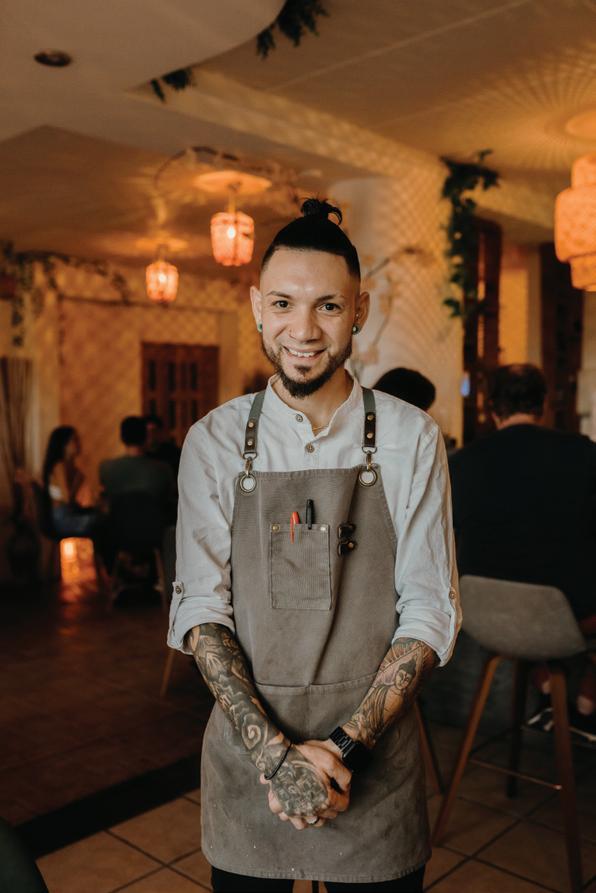
Within the industry, he has contributed by participating in charitable activities. During hurricane season he helps out by distributing meals to people in need. Being a chef today requires a commitment to the industry, a commitment to customers, a love for everything you make, and responsibility above all else. His greatest motivation is wanting to continue becoming a great chef and learning the latest techniques and trends. Something that sets him apart is his devotion to his profession and camaraderie.
Working at Bakku has opened paths in the industry, and has clarified where Joseph sees his future. All thanks to a chef from Aguadilla who appreciated his potential and recommended Bakku. He loves the idea of cooking in front of people and receives satisfaction from seeing the expressions of customers as they taste the food that has been prepared for them. Bakku is a concept with high potential and Joseph hopes to keep contributing his part while raising it even higher.
He thanks chef Joerick and Verónica for accepting him into their work team, noticing his potential, and helping him to evolve in the culinary arts.

Joseph Damián Ramos Cruz, mayagüezano de veintinueve años, chef de Bakku. Cuenta con un Grado Asociado en Asistente Dental con funciones expandidas. Al completarlo, lo ejerció por un año hasta que descubrió que su pasión era la cocina. Comenzó en la industria culinaria en el 2014 adquiriendo experiencia en la confección de platos criollos y mariscos. En el 2019 comienza trabajando como lavaplatos en un restaurante de comida oriental hasta que se mostró interesado sobre cómo era la elaboración de los sushis. Luego de una trayectoria de aprendizaje se da cuenta que al convertirse en Chef de Sushi salía de él una pasión única. Al confeccionar sushi; ha logrado entender que desea redirigir su carrera hasta poder lograr tener su propio negocio concentrado en la gastronomía oriental. Dentro de la industria ha aportado su granito de arena al participar en actividades benéficas. En tiempos de huracanes donde ha estado repartiendo comidas a todo aquel necesitado como también el disfrute de trabajar en fiestas privadas. Ser chef en la actualidad es tener compromiso con la industria, con los clientes, el amor hacia todo lo que confeccionas y la responsabilidad ante todo. Su mayor motivación es el querer continuar siendo un gran chef y aprender lo último en técnicas y tendencias. Algo que lo diferencia es la devoción a su profesión y el compañerismo.
El poder trabajar en Bakku ha abierto caminos elevados en la industria sobre todo esclareciendo en donde se visualiza en el futuro. Todo gracias a un chef de Aguadilla que apreció su potencial y le recomendó Bakku. Le encanta la idea de confeccionar frente a las personas y adquiere satisfacción al ver las expresiones de los clientes al probar la comida que les han preparado. Bakku es un concepto con un potencial de altura y el favorito de muchos donde espera aportar su granito para seguir elevando el mismo y a diferentes áreas.
Agradece al chef Joerick y a Verónica por aceptarlo en su equipo de trabajo y notar su potencial ayudando a evolucionar en las artes culinarias.
Photos by: Ghost Edits @ghosteditspr
Chef Manuel Ramos Pérez
Page 29

Page 30

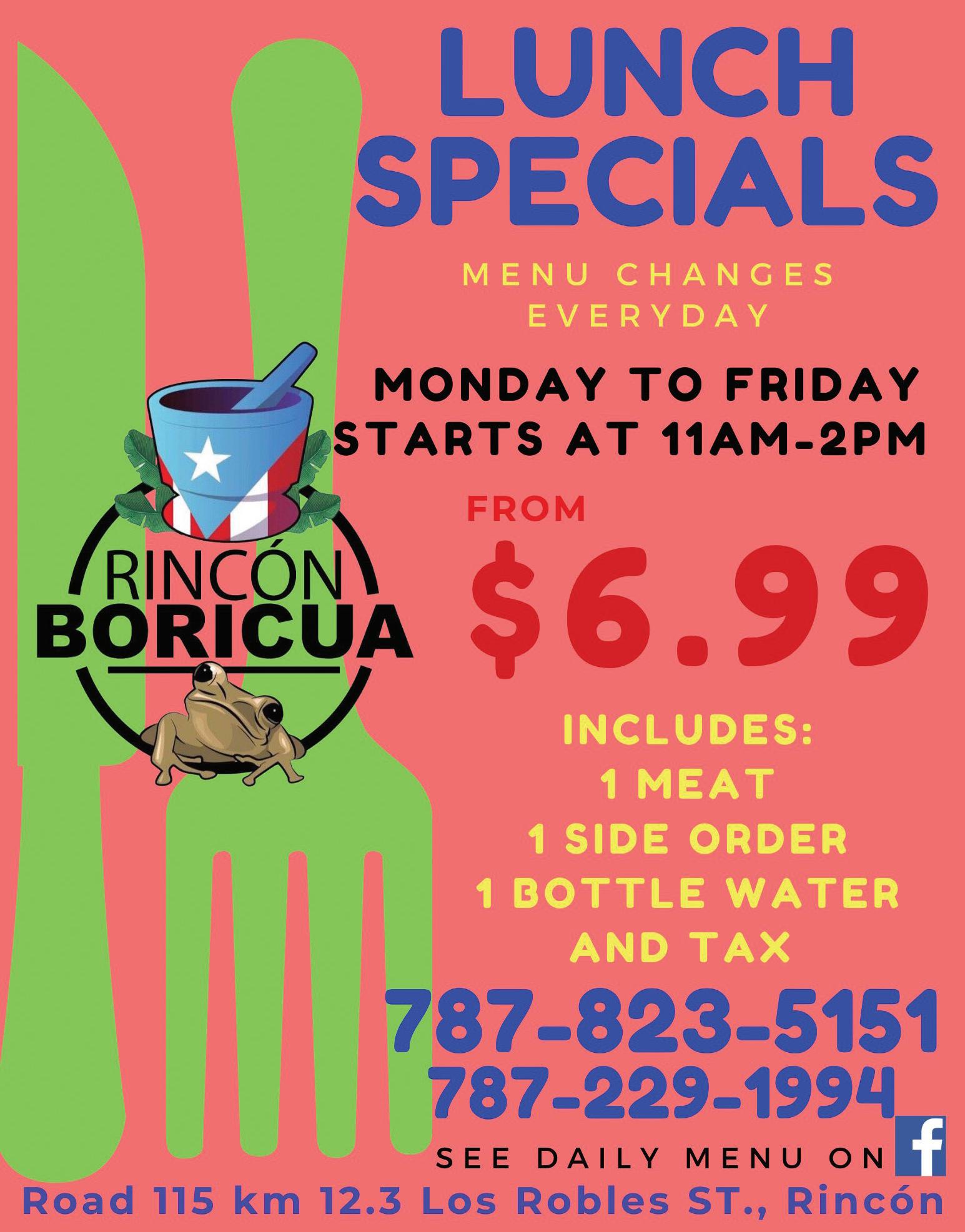


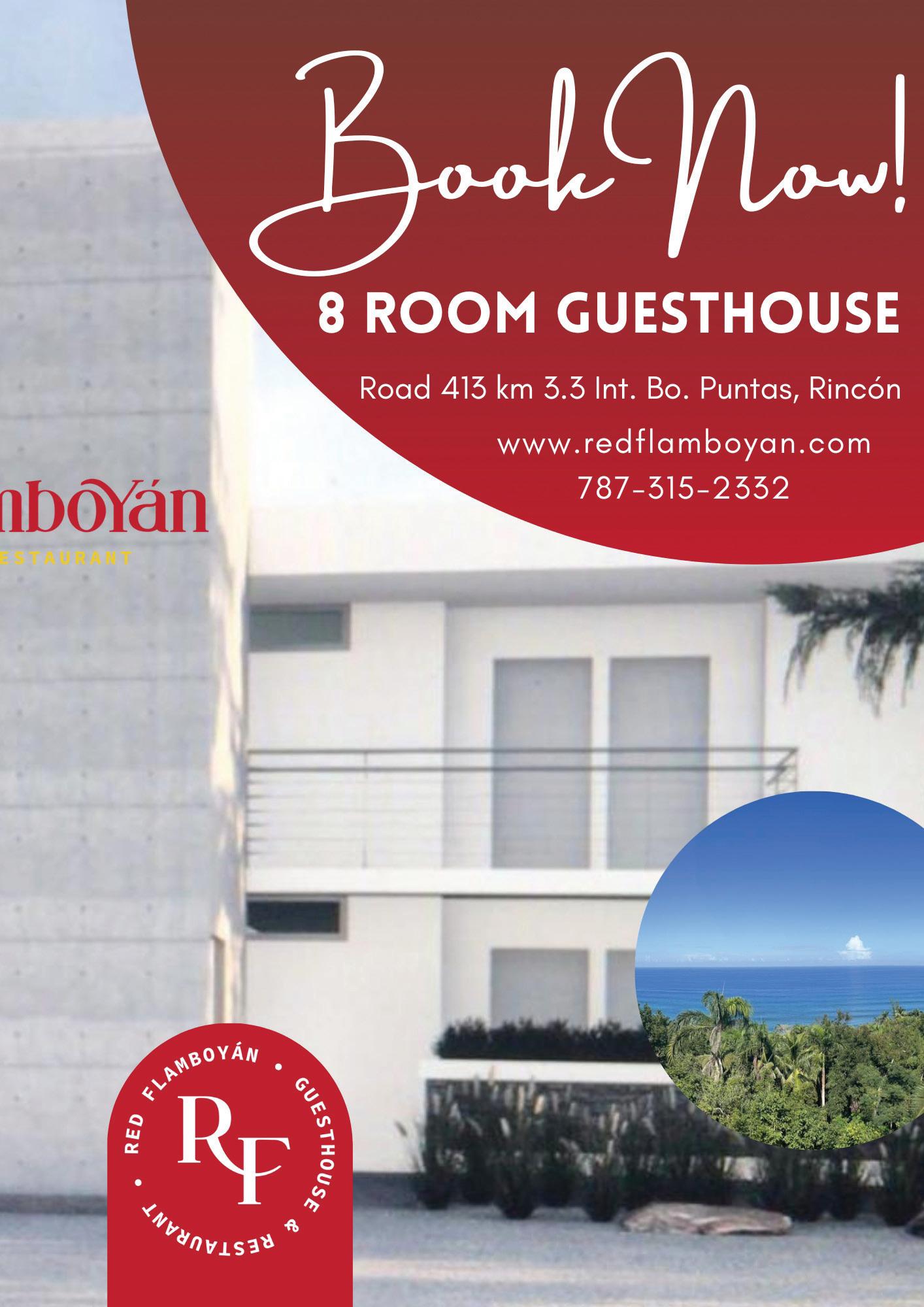
Page 32


Page 33


Page 34


Page 35
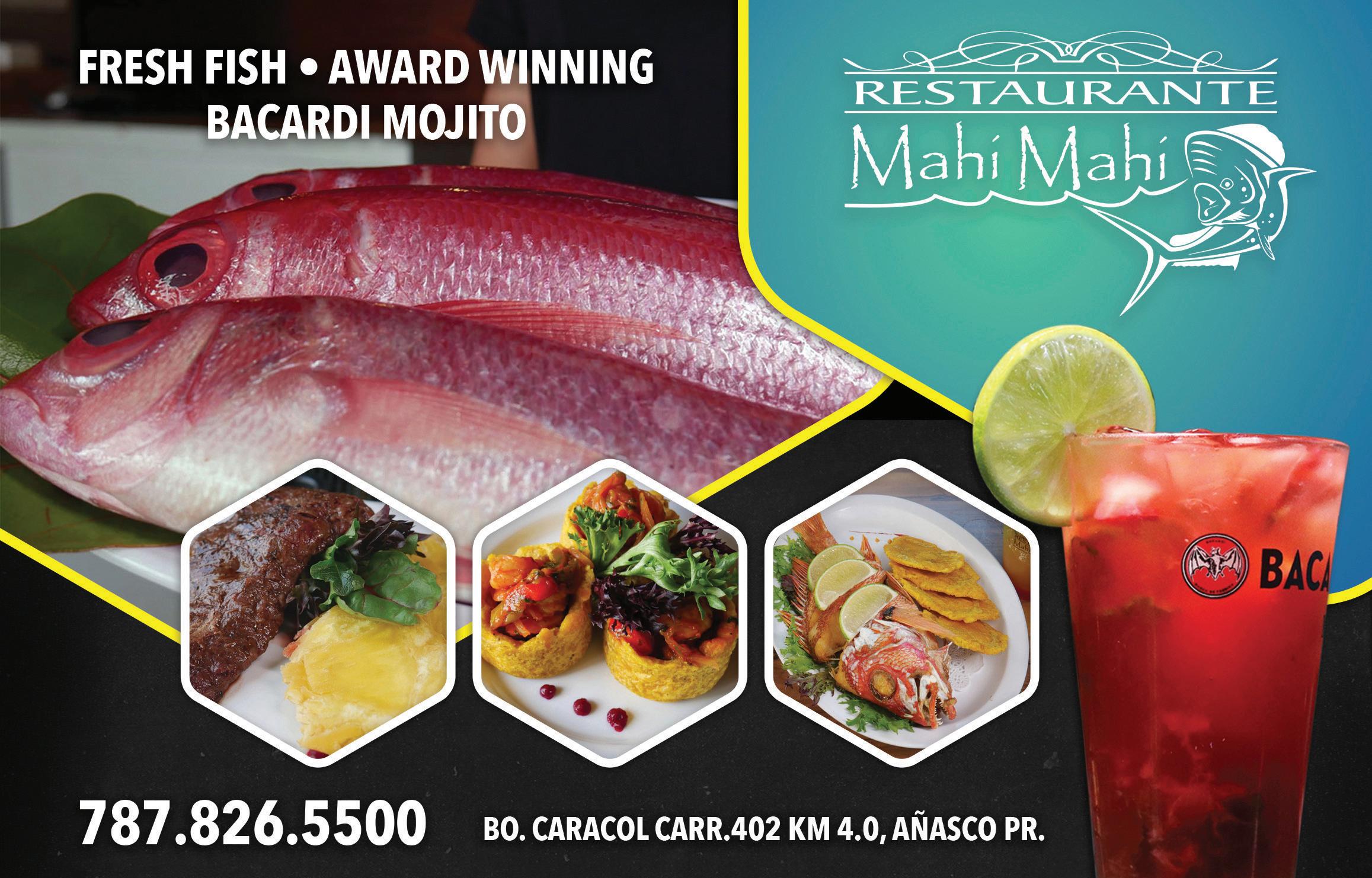

Page 36

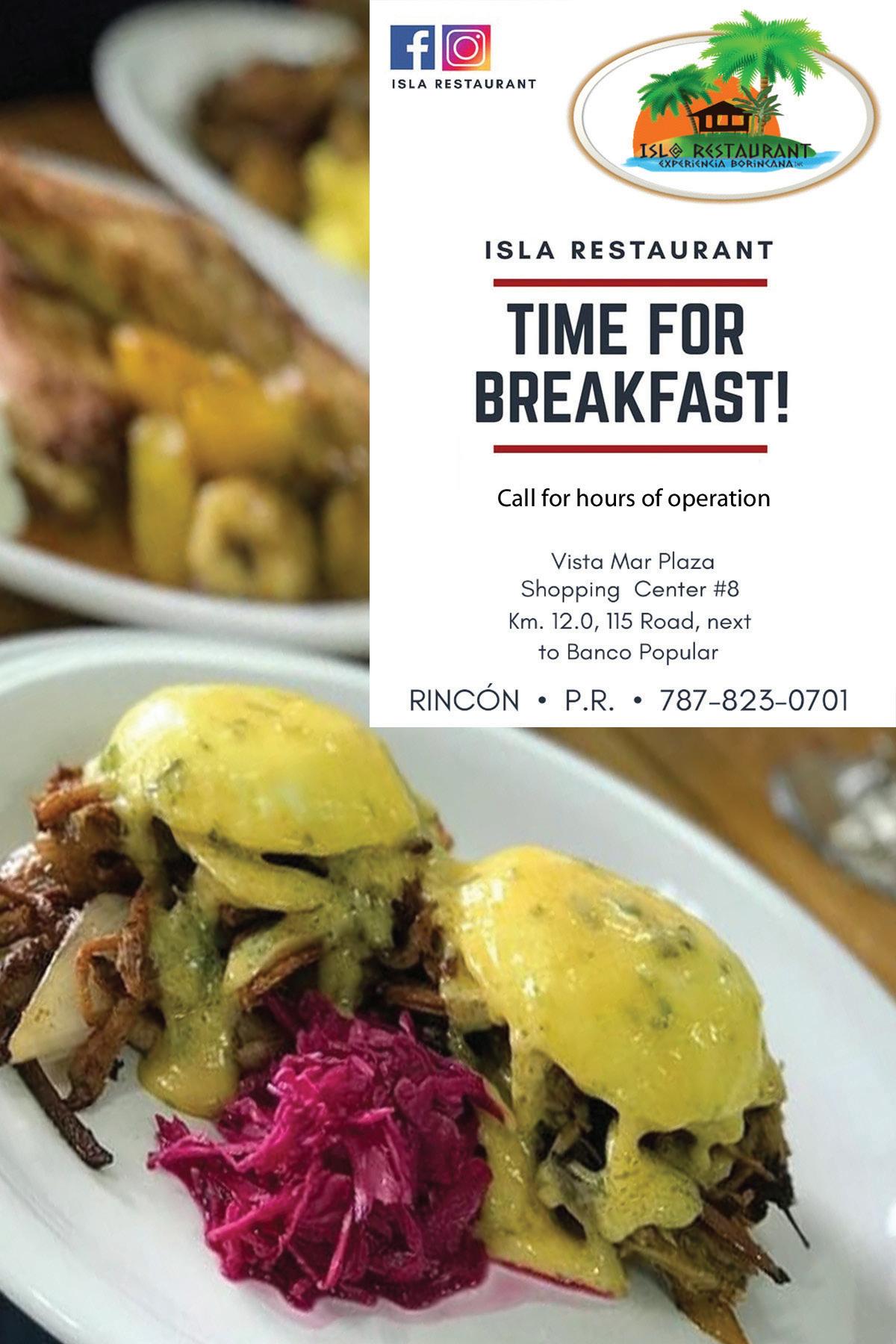

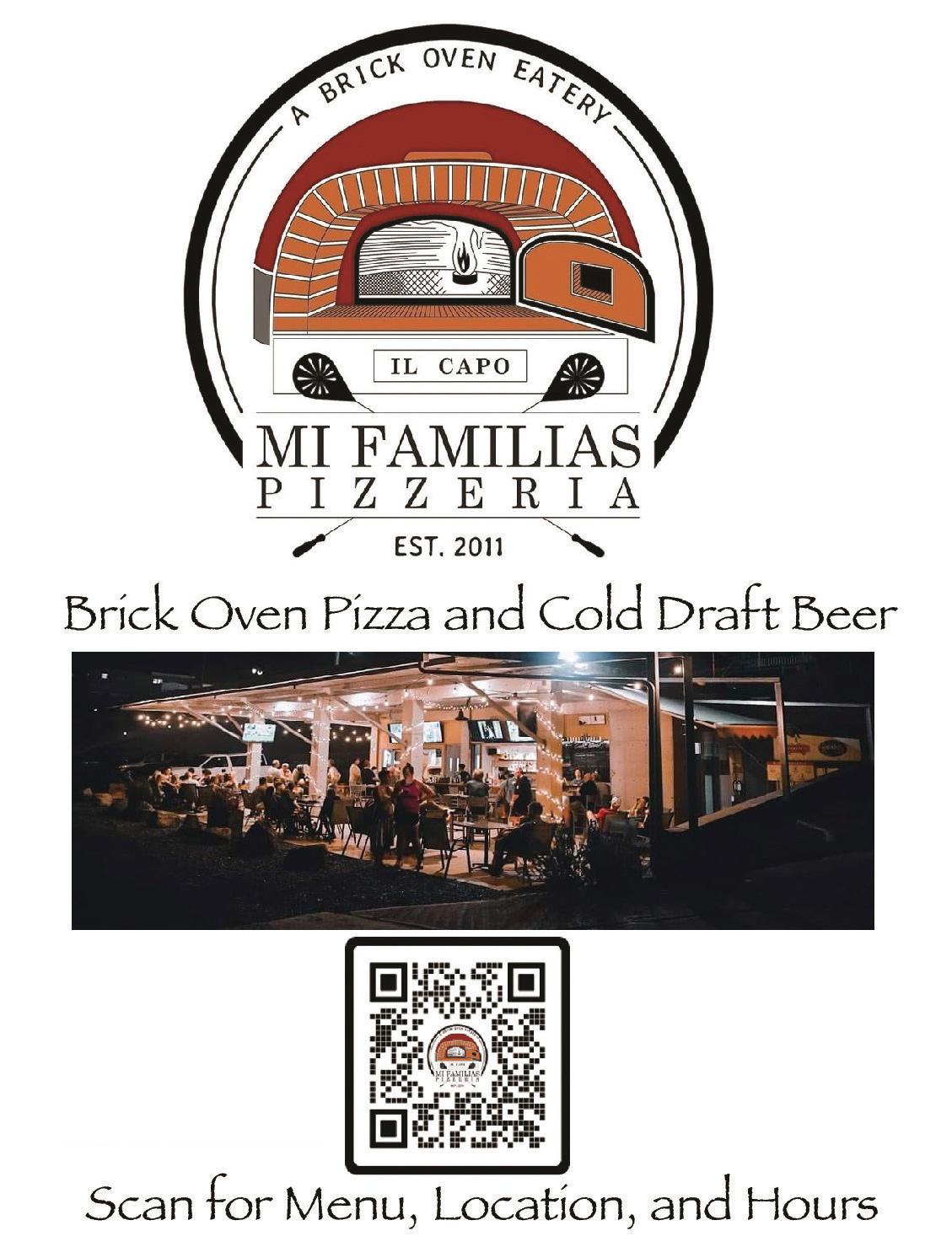
Page 37
There is something happening here, what it is ain’t exactly clear.
The line in the Stephen Stills’ song from the chaotic 1960s comes to mind in considering all the forces and impacts of the dynamic real estate market in Rincón. El Coqui publisher-editor Andrea Grieve invited me to explore and report the recent trends. I chose to seek to portray a whole system view. What happens in real estate does not stay in real estate. Activities in the local market clearly shape multiple sub-populations in Rincón, not only those caught up in the excitement of speculating, selling, and for some, trying to buy a first home.
My process centered on five interviews with local realtors. I attempted to capture “citizen perspectives” by inviting reflection from the realtors, as citizens, rather than purely as real estate professionals. Most are long-time if not life-long residents of Rincón. They expressed heartfelt, complex concern over the town’s future, and the impacts on Rincoeños. These Puerto Ricans, in census data for 2017-2021, had estimated household incomes of $24,744 – an impossible distance from the $560,000 average home price in current Realtor.com listings.
A quick tour of 15 years of influences
Here is a set of 6 influences on the current market revealed in these interviews, plus an over-arching influencer I added.
Diminished housing supply One influence goes back to the economic bust of 2008-2009. Josue Troche of JM Realty, a firm established 19 years ago, views that downturn as tailing into the present: “People were buying land to develop, but banks were not giving loans to build.” In his view, Rincón’s current affordable housing problem was exacerbated by that stoppage.
Tax breaks Act 20 and Act 22, passed in 2011, were promoted to attract capital and stimulate investment throughout Puerto Rico. A prior tax break that had made a tax haven of the island was terminated a few years earlier. These new, extensive tax benefits – since 2019 part of Act 60 - are available only to new investors moving to Puerto Rico from offisland. The rich package includes avoidance of capital gains tax, and property tax holidays. Each of the realtors deemed Act 60 a huge factor in Rincón’s recent real estate boom.
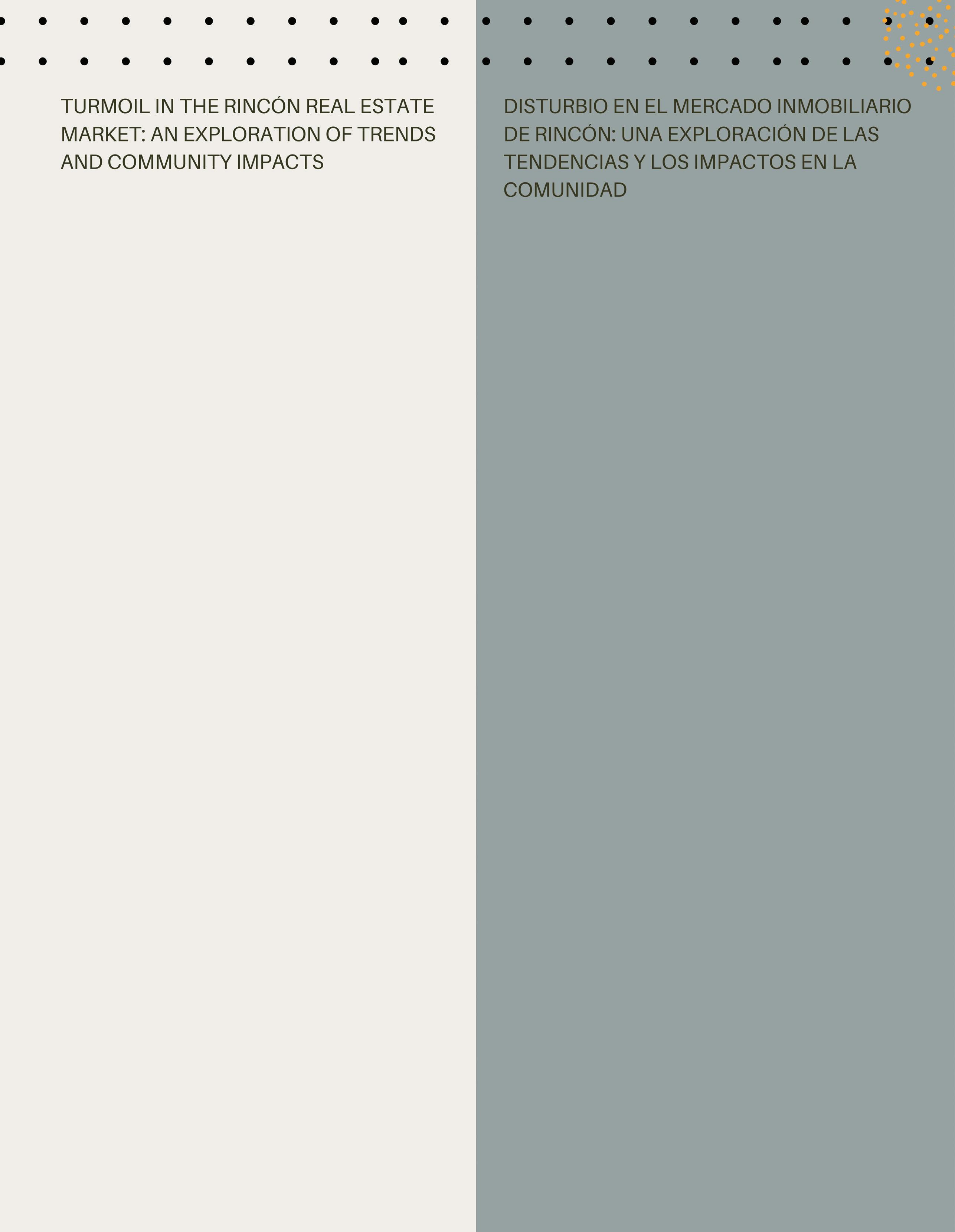
Indrid Badillo, of Island West Realty, who grew up in Calvache, was just beginning her real estate practice when Acts 20 and 21 were first implemented a decade ago. She recalls that there was an immediate bump in sales after the passage of the laws. It was nothing like the boom that was to come a decade later.
One outcome due to these tax breaks is that major real estate interests focused on the luxury market now have Puerto Rico in their sights. In the past 2-3 years such firms have expanded their sights from Old San Juan, Condado and Dorado to include presence in Rincon.
Cryptocurrency Concurrent, and not unrelated, is the booming influence of the cryptocurrency market. Avoidance of capital gains is especially valuable for crypto investors. Bets in that volatile market, when they work out, create substantial capital gains quickly. Puerto Rico’s crypto community became well-known globally, also thanks to Act 60. One luxury market realtor noted that “almost all our buyers here have been Act 60, and most of them Crypto.”
Short-term (STRs) A critical part of the process, with multiple impacts on Rincón and its citizens, is the internet-enabled rise of the short-term rental market (AirBNB, VRBO, etc.). This business model fits neatly into investor plans, and into Act 60 investor requirements. A Rincón house purchased as a second home, or merely as an investment, can be both a vacation retreat and generate significant revenue.
Algo está pasando aquí, qué no está exactamente claro.
Ese estribillo en la canción de Stephen Stills de la caótica década del 1960 viene a la mente al considerar todas las fuerzas e impactos del dinámico mercado inmobiliario en Rincón. La dueña y editora de El Coqui, Andrea Greve, me invitó a explorar y reportar alguna de las tendencias recientes. Elegí tratar de proyectar una imagen completa de todo el sistema. Lo que pasa en el sector inmobiliario no se queda en el sector inmobiliario. Las actividades en el mercado local claramente dan forma a múltiples subpoblaciones en Rincón, no solo aquellos atrapados en la emoción de especular, vender y, para algunos, tratar de comprar una primera casa. Mi proceso se centró en cinco entrevistas con agentes inmobiliarios locales (realtors). Traté de capturar la “perspectivas de los ciudadanos” invitando a los agentes inmobiliarios a reflexionar, como ciudadanos, en lugar de simplemente brindar la misma como profesionales de bienes raíces. La mayoría son residentes de Rincón desde hace mucho tiempo, si no toda la vida. Expresaron una preocupación sincera y compleja por el futuro del pueblo y los impactos en los rincoeños. Estos puertorriqueños, en los datos del censo de 2017-2021, tenían ingresos familiares estimados de $24,744, una distancia imposible del precio promedio de vivienda de $560,000 en las listas actuales de Realtor.com.
Un recorrido rápido por 15 años de influencias
Aquí hay un conjunto de seis influencias en el mercado actual reveladas en estas entrevistas, además de un factor de influencia general que le agregué. Disminución en la oferta de viviendas Una influencia se remonta al colapso económico de 2008-2009. Josué Troche de JM Realty, una empresa establecida hace 19 años, considera que la recesión se prolonga hasta el presente: “La gente compraba terrenos para desarrollar, pero los bancos no otorgaban préstamos para construir”. En su opinión, el actual problema de vivienda asequible de Rincón se vio exacerbado por ese paro.
Exenciones contributivas La Ley 20 y la Ley 22, aprobadas en 2011, fueron promovidas para atraer capital y estimular la inversión en todo Puerto Rico. Una exención fiscal anterior que había convertido a la isla en un paraíso fiscal se canceló unos años antes. Estos nuevos y extensos beneficios tributarios, que desde 2019 forman parte de la Ley 60, están disponibles solo para nuevos inversionistas que se mudan a Puerto Rico. El atractivo paquete incluye evitar el impuesto a las ganancias de capital y exenciones de impuestos a la propiedad. Cada uno de los agentes inmobiliarios consideró que la Ley 60 fue un factor importante en el reciente auge inmobiliario de Rincón.
Indrid Badillo, de Island West Realty, quien creció en Calvache, recién comenzaba su práctica de bienes raíces cuando las Leyes 20 y 21 se implementaron por primera vez hace una década. Ella recuerda que hubo un aumento inmediato en las ventas después de la aprobación de las leyes. No fue nada como el gran choque que vendría una década después.
Debido a estas exenciones fiscales resultó que los principales intereses inmobiliarios centrados en el mercado de lujo ahora tienen a Puerto Rico en la mira. En los últimos 2 o 3 años, estas empresas han ampliado sus miras desde el Viejo San Juan, Condado y Dorado para incluir presencia en Rincón.
Criptomoneda Concurrente, y no sin relación, es la influencia en auge del mercado de criptomonedas. Evitar o el no declarar las ganancias de capital es especialmente valioso para los cripto inversionistas. Las apuestas en ese mercado volátil, cuando funcionan, crean grandes ganancias de capital sustanciales rápidamente. La comunidad cripto de Puerto Rico se hizo conocida a nivel mundial, también gracias a la Ley 60. Un agente inmobiliario del mercado de lujo señaló que “casi todos nuestros compradores aquí han sido de la Ley 60, y la mayoría de ellos en Crypto”.
Viviendas de Corto plazo (STRs) Una parte crítica del proceso, con múltiples impactos en Rincón y sus ciudadanos, es el aumento del mercado de alquiler a corto plazo habilitado por Internet (Airbnb, VRBO, etc.). Este modelo de negocio encaja perfectamente en los planes de los inversores y en los requisitos de los inversores de la Ley 60. Una casa en Rincón comprada como segunda residencia, o simplemente como inversión, puede ser tanto un retiro vacacional como generar ingresos significativos.
Page 38
These “STRs” have broad impacts on housing. University of Puerto Rico professor Raul Santiago estimates that a 10% increase in short term rental occupancy (as a percent of total housing unit[S]) leads to a 7% increase in medium rent, and 23% increase in housing prices. No precise study shows the total impact of the rapid migration of long-term rentals to STRs here. Lino Feliciano, whose real estate practice in Rincón goes back 35 years, offered one heartfelt outcome also noted by most of the others: “Now local people cannot afford to rent in Rincón.”
Hurricane Maria Twelve-year Rincón resident James Westfall, the owner of Island West Realty since 2017, experienced a positive effect of the market that, ironically, is linked to the harm caused by hurricane Maria: “A whole new batch of people realized Puerto Rico was part of the United States. Aid workers came, some stayed, or went home and talked up the island. Suddenly Puerto Rico was on the map.” Clientele grew. In addition, Puerto Ricans who had moved away sometimes invested with the belief that it would help get the island back on its feet. Others speculated that the hurricane’s aftermath was a time to buy-low and later sell high. The awful challenges of Maria, ironically, became opportunities in real estate. JM Realty’s Troche seconds Westfall’s recollection: “We had our best year of our careers after Maria.”
Covid The pandemic’s revolutionary opening of virtual work meant surfers and others from New York, Boston, Silicon Valley and elsewhere who love the tropics could continue their tech, finance, sales, and other jobs while living in Rincón.
And as Feliciano recalls, when covid dampened international travel for San Juan’s elites, many sought on-island get-aways: “They couldn’t travel around the world during covid, so they came here.” Troche’s summary: “The pandemic, instead of making things worse - we had a perfect storm of people from outside, AirBNB, and San Juan people coming here and staying.”
Federal tax-policy A longer trend that might be considered an “economic climate change” that escalates these local trends is the so-called “supply side” economic strategy begun in the Reagan era and reinforced under the 2017 Trump tax cut. More at the top have extra cash for second or speculation homes. Other beneficiaries of this policy direction have more assets for travel, further fueling the Act 60-Crypto-STR-covid whirlwind. Meantime, those at the bottom who are harmed by this public policy direction have less income with which to rent, extremely limited purchasing ability, and fewer generational assets.
Local consequences
The realtors note that, while they keep their own internal records, good comparative data on what has transpired in the local market is not publicly available. A useful starting place is US census data for Rincón. These report that from 2017-2021 the median value of an owner-occupied home was $130,700. The median gross monthly rent in the same period: $523. The covid-Crypto-Act 60-STR inspired boom since 2021 has put these prices in the rear-view mirror.
I asked the realtors for some examples of price changes, from their experiences, on the same properties. Here are examples and perspectives:
•Condo purchased for $240,000 in May 2021 sold for $330,000 in June 2022.
•Condos near the Marina sold for $200,000 in 2017 then for $600,000 in 2022.
•A monthly rental of $440 in 2020 is now $1100.
•Home sold at $200,000 in 2021 sold recently for $400,000.
•Condo sold in 2013 at $200,000 is now on the market at $525,000.
•Rental prices have doubled and often tripled in the last 5 years.

Estos “STR” tienen amplios impactos en la vivienda. El profesor de la Universidad de Puerto Rico, Raúl Santiago, estima que un aumento del 10 % en la ocupación de alquileres a corto plazo (como porcentaje del total de unidades de vivienda[s]) genera un aumento del 7 % en los alquileres medios y un aumento del 23 % en los precios de las viviendas. Ningún estudio preciso muestra el impacto total de la rápida migración de alquileres a largo plazo a STR aquí. Lino Feliciano, cuya práctica de bienes raíces en Rincón se remonta a 35 años, ofreció un resultado sincero que también notaron la mayoría de los demás: “Ahora la gente local no puede permitirse alquilar en Rincón”. El huracán María El residente de Rincón de doce años, James Westfall, propietario de Island West Realty desde 2017, experimentó un efecto positivo del mercado que, irónicamente, está relacionado con el daño causado por el huracán María: “Todo un nuevo grupo de personas se dio cuenta de que Puerto Rico era parte de los Estados Unidos. Los trabajadores humanitarios llegaron, algunos se quedaron o se fueron a casa y hablaron sobre la isla. De repente, Puerto Rico estaba en el mapa”. Creció la clientela.
Además, los puertorriqueños que se habían mudado a veces invertian en la isla pensando que eso ayudaría a que la isla se recuperara. Otros especularon que las secuelas del huracán fueron un momento para comprar barato y luego vender caro. Los terribles desafíos de María, irónicamente, se convirtieron en oportunidades en bienes raíces. Troche de JM Realty secunda el recuerdo de Westfall: “Tuvimos el mejor año de nuestras carreras después de María”. Covid La apertura revolucionaria del trabajo virtual de la pandemia significó que los surfistas y otros de Nueva York, Boston, Silicon Valley y otros lugares que aman los trópicos podrían continuar con su tecnología, finanzas, ventas y otros trabajos mientras vivían en Rincón.
Y como recuerda Feliciano, cuando el covid frenó los viajes internacionales para las élites de San Juan, muchos buscaron escapadas a la isla: “No podían viajar alrededor del mundo durante el covid, así que vinieron aquí”. Resumen de Troche: “La pandemia, en lugar de empeorar las cosas, tuvimos una tormenta perfecta de gente de afuera, AirBNB y gente de San Juan que venían aquí y se quedaban”.
Política Contributiva fiscal federal Una tendencia más larga que podría considerarse un “cambio climático económico” que intensifica estas tendencias locales es la llamada estrategia económica del “lado de la oferta” que comenzó en la era de Reagan y se reforzó con el recorte de impuestos de Trump de 2017. Más encima tienen dinero extra para segundas casas o casas de especulación. Otros beneficiarios de esta dirección política tienen más activos para viajar, lo que alimenta aún más el torbellino de la Ley 60-Crypto-STR-covid.
Mientras tanto, los de abajo que se ven perjudicados por esta dirección de la política pública tienen menos ingresos para alquilar, una capacidad de compra extremadamente limitada y menos activos generacionales.
Consecuencias locales
Los agentes inmobiliarios señalan que, si bien mantienen sus propios registros internos, no se dispone públicamente de buenos datos comparativos sobre lo que ha ocurrido en el mercado local. Un punto de partida útil son los datos del censo de EE. UU. para Rincón. Estos informan que entre 2017 y 2021, el valor medio de una vivienda ocupada por el propietario fue de $130,700. Renta mensual bruta mediana en el mismo período: $523. El auge inspirado en covidCrypto-Act 60-STR desde 2021 ha puesto estos precios en el espejo retrovisor. Les pedí a los agentes inmobiliarios algunos ejemplos de cambios de precios, desde sus experiencias, en las mismas propiedades. Aquí algunos ejemplos y perspectivas:
•Condominio comprado por $240,000 en mayo de 2021 y vendido por $330,000 en junio de 2022.
•Los condominios cerca de la Marina se vendieron por $200,000 en 2017 y luego por $600,000 en 2022.
•Un alquiler mensual de $440 en 2020 ahora es de $1100.
•Una casa vendida a $200,000 en 2021 se vendió recientemente por $400,000.
•El condominio vendido en 2013 a $200,000 ahora está en el mercado a $525,000.
•Los precios de alquiler se han duplicado y, a menudo, triplicado en los últimos 5 años.
In recent months the market, to all accounts, has cooled off. Island West’s Badillo reports that the non-luxury market is now “quite static,” principally due to low inventory. Few houses are available. One luxury market realtor indicated that the combination of rising interest rates,
En los últimos meses el mercado, dentro de todo ese fogaje, se ha enfriado. Badillo de Island West informa que el mercado que no es de lujo ahora está “bastante estático”, principalmente debido al bajo inventario. Pocas casas están disponibles. Un agente inmobiliario del mercado de lujo indicó que la combinación del aumento de las tasas de interés, los desafíos en los cripto
Page 39
challenges in crypto markets, and concern over recent bank failures have slashed prices. The realtor pointed to a $1-million listing that was reduced by $100,000 the day we spoke. The trend is “all over the luxury market.” Many Act 60 people, the realtor added, who are allowed to rent for two years under the law, are exercising that option, and waiting on the market. The result: fewer present luxury buyers.
Presently, Realtor.com reports a median price of $575,000 among all Rincón’s listed properties. Recall that median household income for local Puerto Ricans was only $24,744 in the most recent census data. That figure represents just 1-2 months of income for many off-island investors. In many US cities, a half-million price-tag is well below the median home price.
“Gentrification is organic”
And there’s the rub – or perhaps more aptly stated, given the displacement experienced by many locals – the chafing and conflict.

Island West’s Westfall reflected on the Puerto Ricans who are working in hotels, restaurants, grocery stores, government services, and other critical tasks: “Laborers in Rincón are needing to go to Añasco or Aguada for housing.” One of the realtors bluntly sided with the Puerto Ricans afflicted by Rincón’s recent changes: “I know this is not good for my business, but I don’t want any more people to come.”
One realtor noted the heated language sometimes seen on social media. Outside speculators may be called “vultures.” Two of the realtors volunteered their support for regulation of short-term rentals, to mitigate housing losses. Rincón’s quiet community of no stop lights and a make-space-for-your-neighbors pace is threatened.
Badillo shares a poignant, symbolic loss: “There was a spring over by the ballpark that was always available to everyone. It was there for years and years. There was a development put right on it.”
Yet impacts are bi-directional. “On the positive side,” reflected Westfall, “where there are people with a lot of money, things like quality restaurants and services pop up.” Badillo, his colleague at Island West, observes that there’s “more to do, more entertainment, fewer deteriorated buildings. People make a living – I make a living.”
While the pressure is local, the process underway in Rincón is global. A recent New York Times article, “Americans Head for Europe for the Good Life on the Cheap” (March 17, 2023), describes parallel challenges in Portugal and Greece. The process, called “gentrification” - once viewed as a phenomenon inside of individual cities (like my usual home here in Seattle) – has an increasingly global character since covid. Opportunities for some are harmful for others. Badillo captured the seemingly endemic nature of the process: “Gentrification is organic.”
A physician friend with whom I shared Badillo’s encapsulation offered a less-deterministic reframe: “There are different kinds of organic chemistry – those that generate and nourish life, and those that are toxic and destroy it.” Such a lens suggests a community may have some say over the process.
Some of the realtors offered ideas that they believed might nourish Rincón’s chemistry. Some involve government, such as regulations on short term rentals, and more construction of low-income housing “to balance gentrification.” A far-thinking observer suggested investment in education on generational wealth and how to build it for Rincón’s longtime population – or potentially lose it in the changing market.
Badillo, the Calvache native, offered what was effectively a call-out to Rincón’s well-heeled newcomers: “The thing to be concerned about is are they joining the community or are they imposing their own mindset.” She affirmed that some newcomers have contributed philanthropically to local initiatives. Then she put a charge to the whole: “The concern is that this is not their home - it’s just a place to put their money.”
This article is written in the hopes that perhaps it will be useful if all those constituting Rincón’s diverse demographic groups heed the ending of the Stephen Stills refrain noted at the top of this article: Everybody look what’s going down.
What Rincón do we want to grow?
John Weeks is a retired journalist and organizer who lived in Rincón with his spouse and daughter from 2012-2015 and considers himself fortunate to be able to return for a few months every year since.
mercados y la preocupación por las recientes quiebras bancarias han reducido los precios. El agente de bienes raíces señaló una lista de $1 millón que se redujo a $100,000 el día que hablamos. La tendencia es “en todo el mercado de lujo”. Muchas personas de la Ley 60, agregó el agente inmobiliario, a quienes se les permite alquilar por dos años según la ley, están ejerciendo esa opción y esperando en el mercado. El resultado: menos compradores de lujo presentes. Actualmente, Realtor.com reporta un precio medio de $575,000 entre todas las propiedades listadas de Rincón. Recuerde que el ingreso familiar promedio para los puertorriqueños locales fue de solo $24,744 en los datos del censo más reciente. Esa cifra representa solo 1-2 meses de ingresos para muchos inversionistas fuera de la isla. En muchas ciudades de EE. UU., un precio de referencia de medio millón está muy por debajo del precio medio de una vivienda.
“La gentrificación es orgánica”
Y ahí está el problema, o tal vez dicho más acertadamente, dado el desplazamiento experimentado por muchos locales, el roce y el conflicto. Westfall de Island West reflexionó sobre los puertorriqueños que trabajan en hoteles, restaurantes, tiendas de comestibles, servicios gubernamentales y otras tareas críticas: “Los trabajadores en Rincón necesitan ir a Añasco o Aguada en busca de vivienda”. Uno de los agentes inmobiliarios se puso sin rodeos con los puertorriqueños afectados por los cambios recientes de Rincón: “Sé que esto no es bueno para mi negocio, pero no quiero que venga más gente”.
Un agente de bienes raíces notó el lenguaje acalorado que a veces se ve en las redes sociales. Los especuladores externos pueden ser llamados “buitres”. Dos de los agentes inmobiliarios ofrecieron su apoyo voluntario para la regulación de los alquileres a corto plazo, para mitigar las pérdidas de viviendas. La tranquila comunidad de Rincón sin semáforos y un ritmo de hacer espacio para sus vecinos está amenazada.
Badillo comparte una pérdida conmovedora y simbólica: “Hubo un salto en el estadio de béisbol que siempre estuvo disponible para todos. Estuvo allí durante años y años. Hubo un desarrollo puesto justo en eso”.
Sin embargo, los impactos son bidireccionales. “En el lado positivo”, reflexionó Westfall, “donde hay gente con mucho dinero, surgen cosas como restaurantes y servicios de calidad”. Badillo, su colega en Island West, observa que hay “más que hacer, más entretenimiento, menos edificios deteriorados. La gente se gana la vida, yo me gano la vida”.
Si bien la presión es local, el proceso en marcha en Rincón es global. Un artículo reciente del New York Times, “Americans Head for Europe for the Good Life on the Cheap” (17 de marzo de 2023), describe desafíos paralelos en Portugal y Grecia. El proceso, llamado “gentrificación”, una vez visto como un fenómeno dentro de las ciudades individuales (como mi hogar habitual aquí en Seattle), tiene un carácter cada vez más global desde covid. Las oportunidades para unos son perjudiciales para otros. Badillo capturó la naturaleza aparentemente endémica del proceso: “La gentrificación es orgánica”.
Un amigo médico con el que compartí la encapsulación de Badillo ofreció un replanteamiento menos determinista: “Hay diferentes tipos de química orgánica: las que generan y nutren la vida, y las que son tóxicas y la destruyen”. Tal lente sugiere que una comunidad puede tener algo que decir sobre el proceso. Algunos de los agentes inmobiliarios ofrecieron ideas que creían que podrían nutrir la química de Rincón. Algunos involucran al gobierno, como las regulaciones sobre alquileres a corto plazo y más construcción de viviendas para personas de bajos ingresos “para equilibrar la gentrificación”. Un observador con visión de futuro sugirió invertir en educación sobre la riqueza generacional y cómo construirla para la población de larga data de Rincón, o potencialmente perderla en el mercado cambiante.
Badillo, nativo de Calvache, ofreció lo que efectivamente fue un llamado a los recién llegados adinerados de Rincón: “Lo que debe preocuparnos es si se están uniendo a la comunidad o están imponiendo su propia mentalidad”. Afirmó que algunos recién llegados han contribuido filantrópicamente a iniciativas locales. Luego puso un cargo al conjunto: “La preocupación es que este no es su hogar, es solo un lugar para poner su dinero”.
Este artículo está escrito con la esperanza de que tal vez sea útil si todos los que constituyen los diversos grupos demográficos de Rincón prestan atención al final del estribillo de Stephen Stills que se menciona en la parte superior de este artículo: Todos miren lo que está pasando.
¿Cuál es el Rincón que queremos cultivar?
John Weeks, periodista y organizador jubilado que ha vivido en Rincón con su esposa e hija entre 2012 y 2015 y se considera afortunado de poder regresar durante unos meses cada año desde entonces.
Written by // Escrito por: John Weeks
Page 40


Page 41
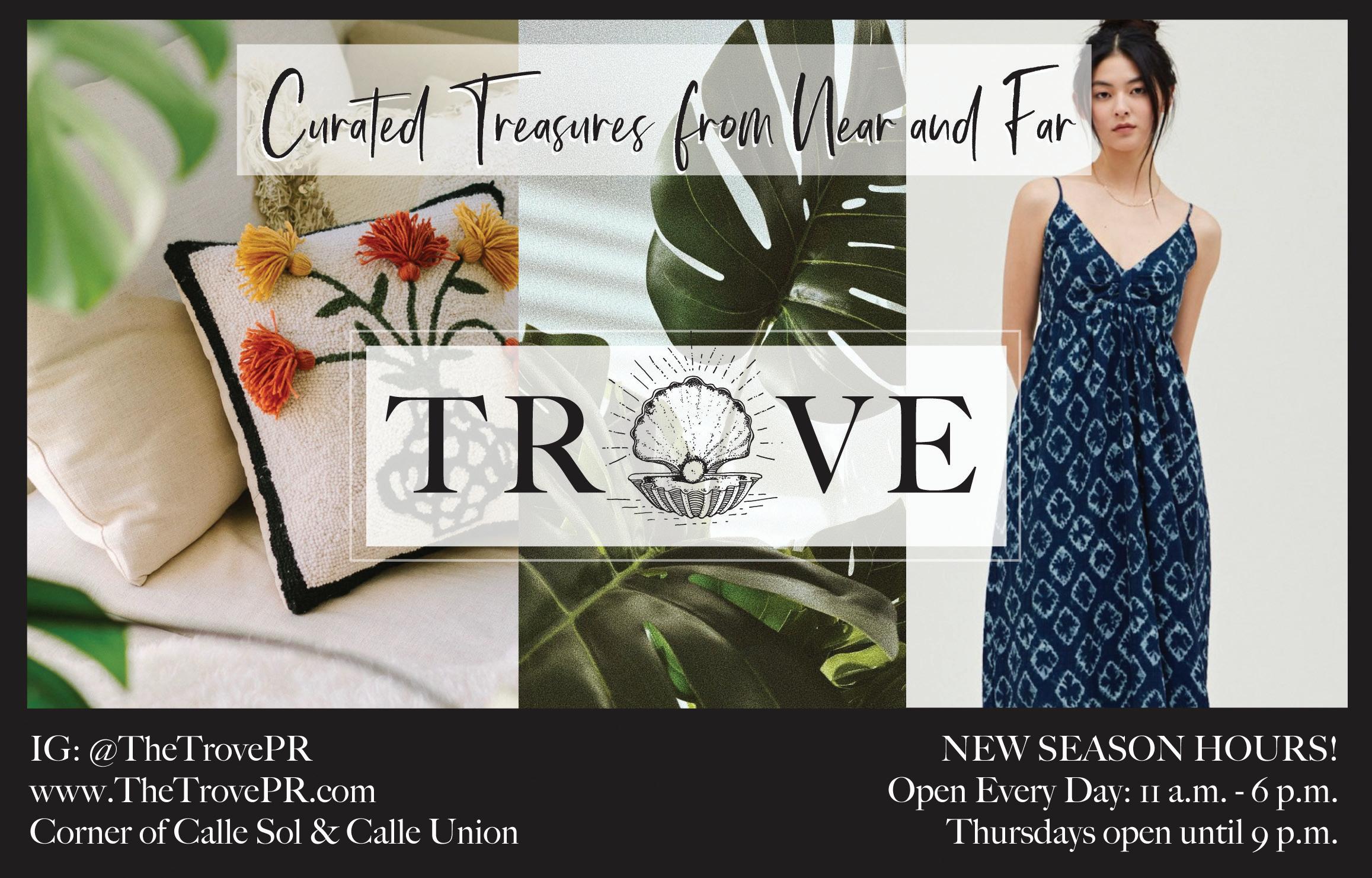

Page 42
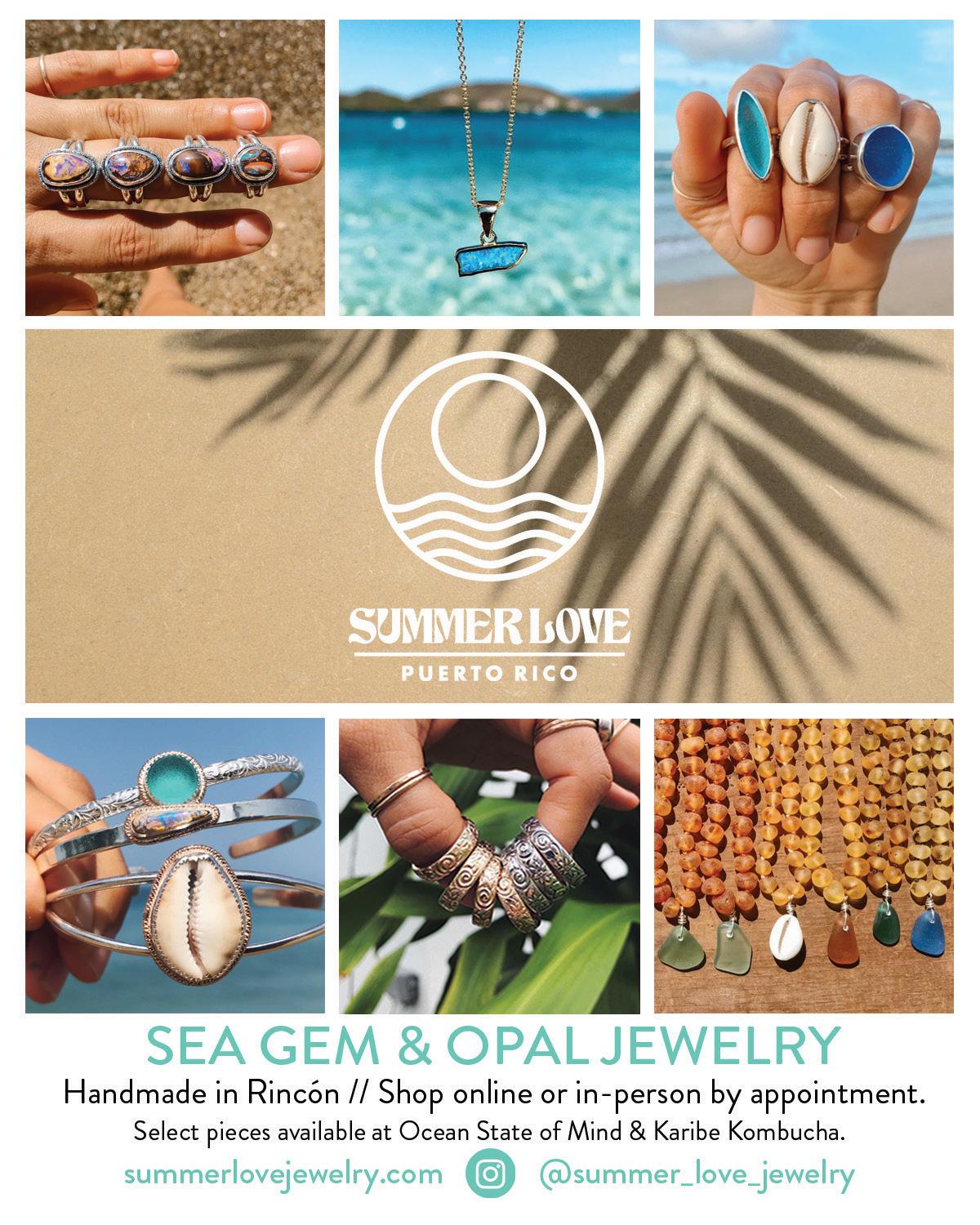


Page 43
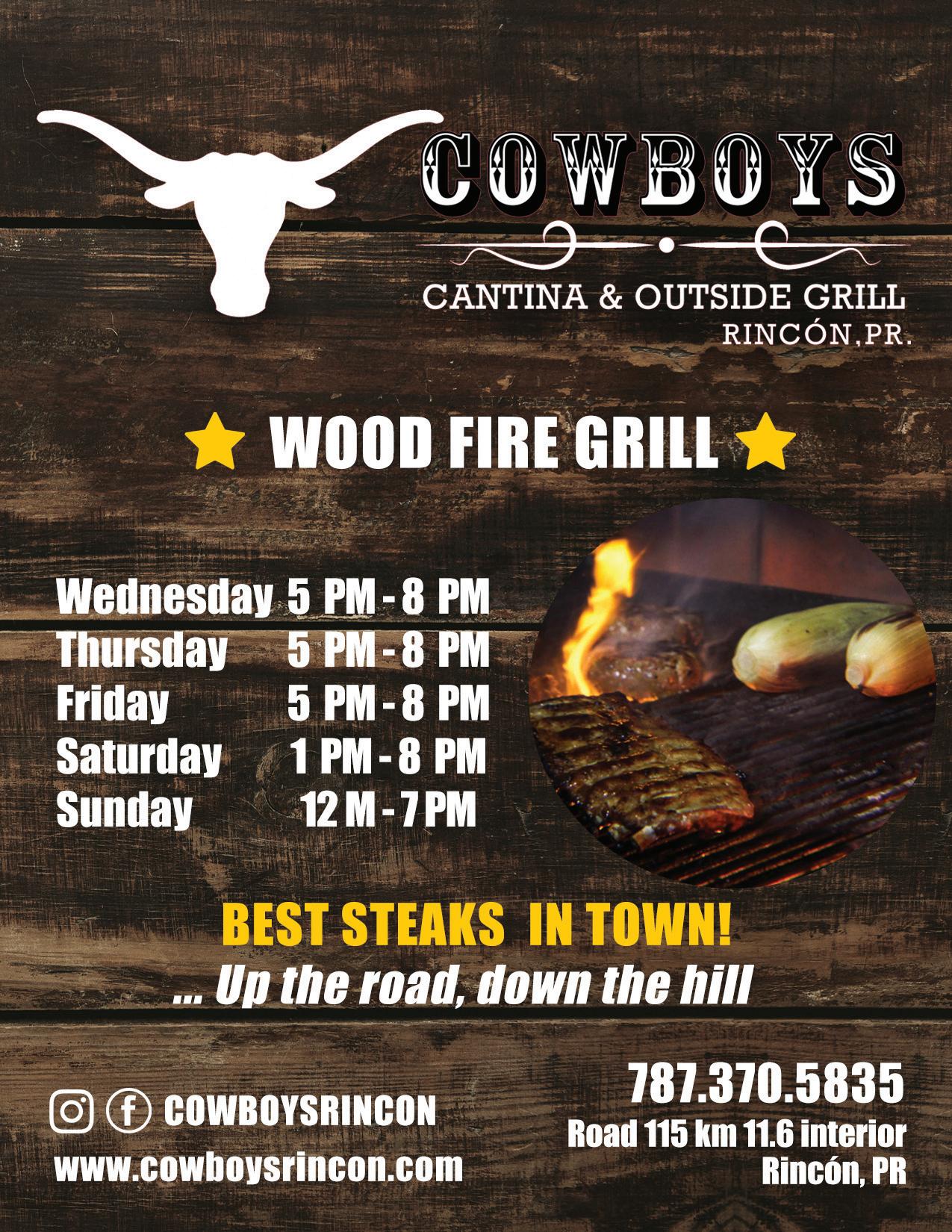



Page 44
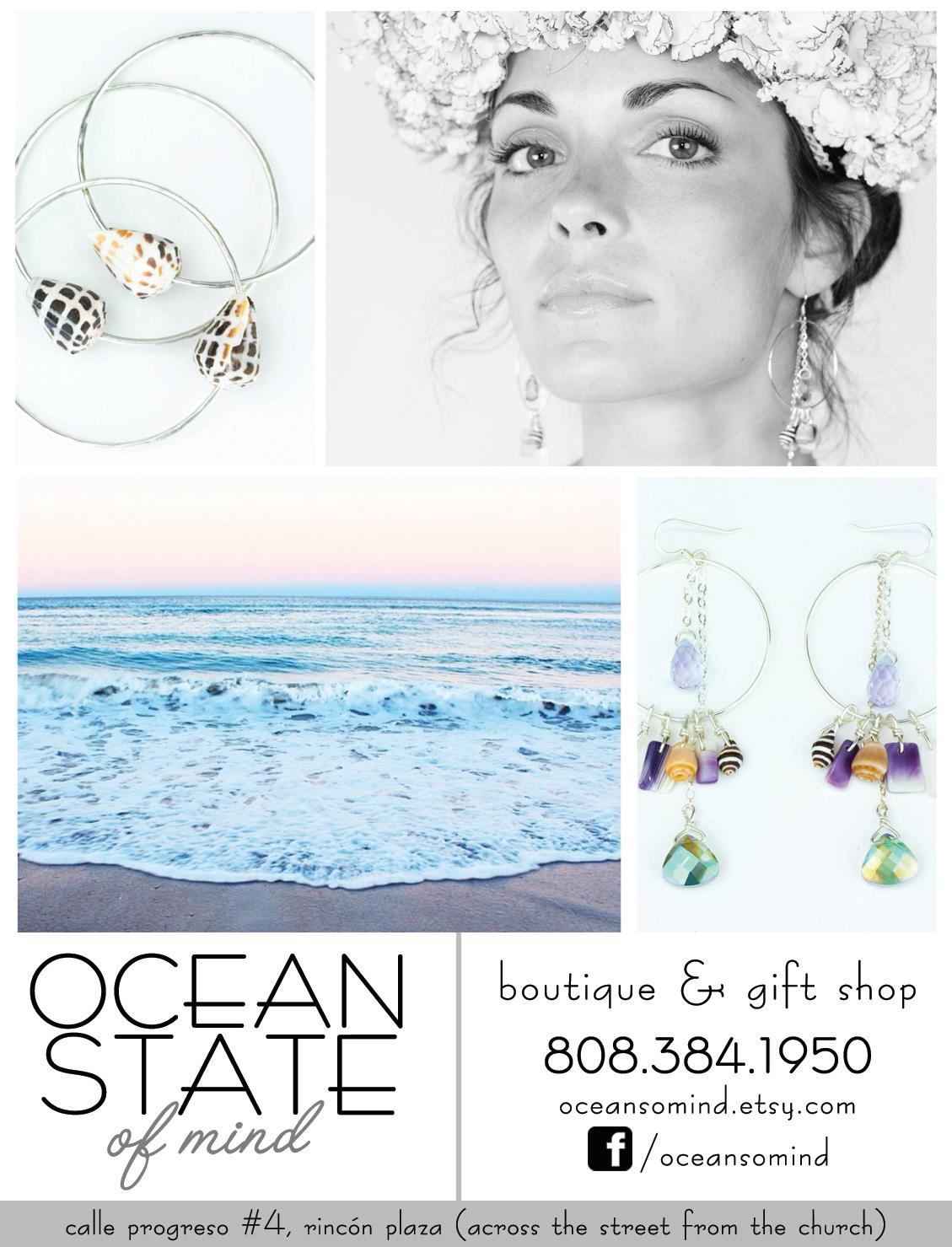
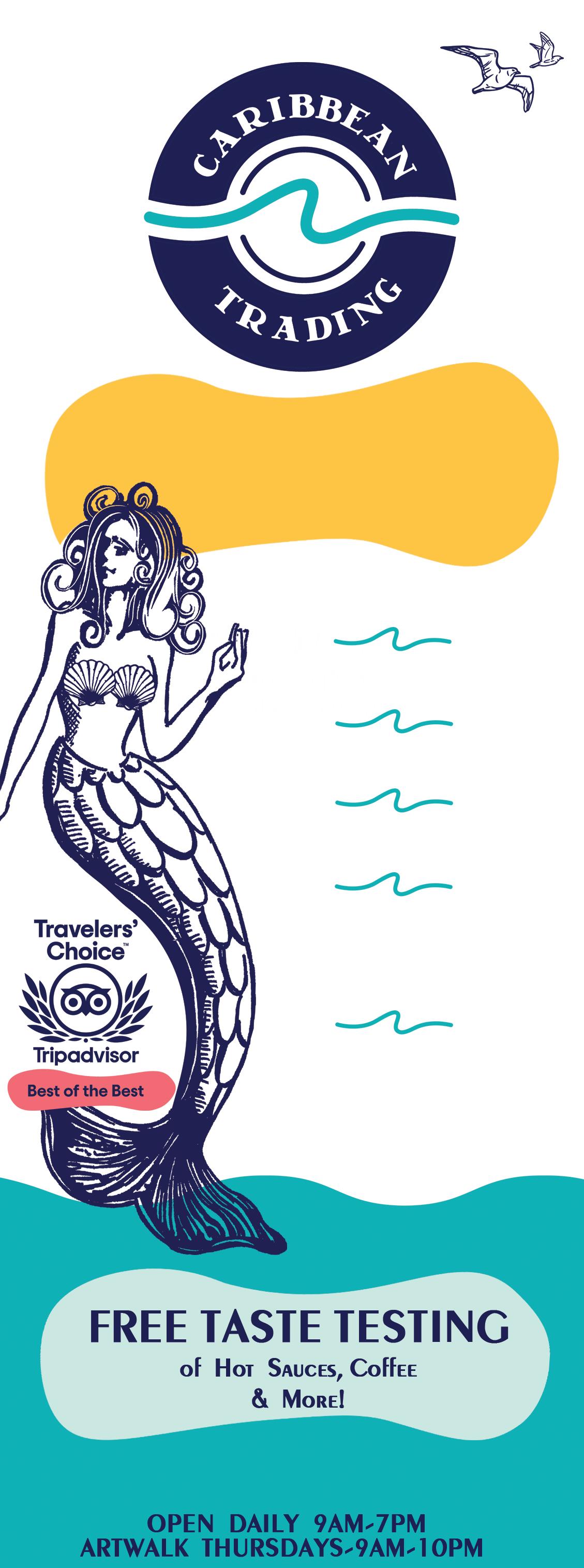


Page 45

Page 46




Page 47
Solar Man came to Puerto Rico in 2017 right before hurricane Maria. He had looked at Puerto Rico on Google Earth and noticed that there were numerous houses with flat cement roofs and none with solar panels. In addition, there was a real need for solar energy since the local power company’s services were very undependable and expensive. Low voltage and frequent black outs plagued the local residents, and tropical storms knocked the power out for weeks on end. Solar Man realized that Puerto Rico provided a perfect opportunity for him to help local residents have more reliable and affordable electric energy. As a result, he bought a one-way ticket to Puerto Rico and is still here today.
Initially, Solar Man sold small emergency kits that would run household lights, a fan, and a fridge in the case of a black out. He went on to design and install even smaller but very useful and practical systems such as solar bbqs, ovens, and solar water purifiers and desalinators. Due to demand, he has begun over the last year to install larger residential and commercial systems.
Solar Man is of the opinion that we must get ready for the upcoming 2023 hurricane season as if our lives depended on it, which they might very well depend on. Every household needs a solar system of some sort to avoid the inconveniences of having your power knocked out or having to sit in long lines at the gas station for gasoline or diesel to run the generator before or after a storm. Gas or diesel fueled electric generators are also extremely expensive to run, are often dangerous and noisy, and easily break down if not properly maintained. A solar system eliminates all that inconvenience and expense.
Solar Man can design a system to meet your needs at very competitive prices since he doesn’t have a high overhead. A well-designed system can pay for itself in 5-7 years due to the fact that a residential household doesn’t have that horridly expensive monthly electric bill that fluctuates depending on the cost of fossil fuels and the agreements made between the Puerto Rico government and the bondholder that holds the electric company’s nine billion dollar debt.
Because of the fact that Puerto Rico‘s electric gird has collapsed island wide on several occasions during the last six years, and
Solar Man llega a Puerto Rico en 2017 justo antes del huracán Maria. Había mirado por algún tiempo a Puerto Rico en Google Earth y se dió cuenta que había numerosas casas con techos planos de cemento y ninguna con paneles solares. Además, notó que había una necesidad real de energía solar ya que los servicios de la compañía eléctrica local eran muy poco confiables y costosos. El bajo voltaje y los frecuentes apagones afectaron a los residentes locales, sobre todo las tormentas tropicales cortaron la energía eléctrica durante largas semanas. Solar Man se percata de que Puerto Rico le brindaba una oportunidad perfecta para ayudar a los residentes locales a tener energía eléctrica más confiable y asequible en todo momento. Como resultado, compró un boleto de ida a Puerto Rico y todavía hasta el sol de hoy reside aquí.

Inicialmente, Solar Man vendía pequeños kits de emergencia que encendían las luces del hogar, un ventilador y un refrigerador en caso de un apagón. Luego fue diseñando e instalando sistemas aún más pequeños pero muy útiles y prácticos, como BBQ’s (barbacoas) solares, hornos, purificadores y desalinizadores de agua solares. Debido a la demanda, durante el último año ha comenzado a instalar sistemas residenciales y comerciales más grandes.
Solar Man opina que debemos prepararnos para la próxima temporada de huracanes de 2023 como si nuestras vidas dependieran de ello, de lo que muy bien podrían depender. Cada hogar necesita un sistema solar de algún tipo para evitar los inconvenientes de tener un corte de energía eléctrica, como tener que sentarse a hacer largas filas en la gasolinera para obtener gasolina o diésel para hacer funcionar un generador antes o después de una tormenta. Los generadores eléctricos alimentados con gas o diesel también son extremadamente caros de operar, a menudo son peligrosos y ruidosos, y se descomponen fácilmente si no se les da el mantenimiento adecuado. Un sistema solar elimina todos esos inconvenientes y gastos.
Solar Man puede diseñar un sistema para satisfacer sus necesidades a precios muy competitivos ya que no tiene una sobrecarga alta. Un sistema bien diseñado puede pagarse solo de cinco a siete años debido al hecho de que un hogar residencial no tiene esa factura de electricidad mensual terriblemente costosa que fluctúa según el costo de los combustibles fósiles y los acuerdos entre el gobierno de Puerto Rico y el bonista que tiene la deuda de nueve mil millones de dólares de la compañía de energía eléctrica.
Page 48
the fact that the cost of residential solar systems has plummeted in the last 20 years, there has been an increase in the demand for residential solar systems. When solar energy first began to be commercially available, solar panels cost about $5 a watt now their cost is about $.50 cents a watt.
Advancements have also been made when it comes to batteries for solar systems. Batteries twenty years ago were similar to the acid lead batteries that cars use and lasted 5 years. Thanks to the development of the new technology that is used in the TESLA lithium battery, batteries are smaller and last up to 20 years compared to acid lead batteries.
There are many larger companies that sell and install solar systems, and their prices for a 5.1 kw system can cost between $20,000 to $30,000. Solar Man will design a system for your specific energy needs that will probably save you thousands of dollars.
After a customer orders a residential solar system from many larger companies, the wait for installation is anywhere from four to six months. With Solar Man, the wait for a new solar system usually fluctuates between two weeks to a month. If something were to go wrong with your system, service will be almost immediately available since Solar Man lives and works exclusively on systems in the Rincón area.
For more information call Solar Man at 787.228.6960 or go to his website at www.solvivor.com to see what he has to offer.
Debido al hecho de que el suministro eléctrico de Puerto Rico ha colapsado en toda la isla en varias ocasiones durante los últimos seis años, y al hecho de que el costo de los sistemas solares residenciales se ha desplomado en los últimos 20 años, ha habido un aumento en la demanda. Principalmente para sistemas solares residenciales. Cuando la energía solar comenzó a estar disponible comercialmente, los paneles solares costaban alrededor de $5.00 por vatio, ahora su costo es de alrededor de $0.50 centavos por vatio.
También, se han realizado avances en lo que respecta a las baterías para sistemas solares. Las baterías de hace veinte años eran similares a las baterías de plomo ácido que usan los automóviles y duraban solo cinco años. Gracias al desarrollo de la nueva tecnología que se utiliza en la batería de litio [TESLA], las baterías son más pequeñas y duran hasta veinte años en comparación con las baterías de plomo ácido.
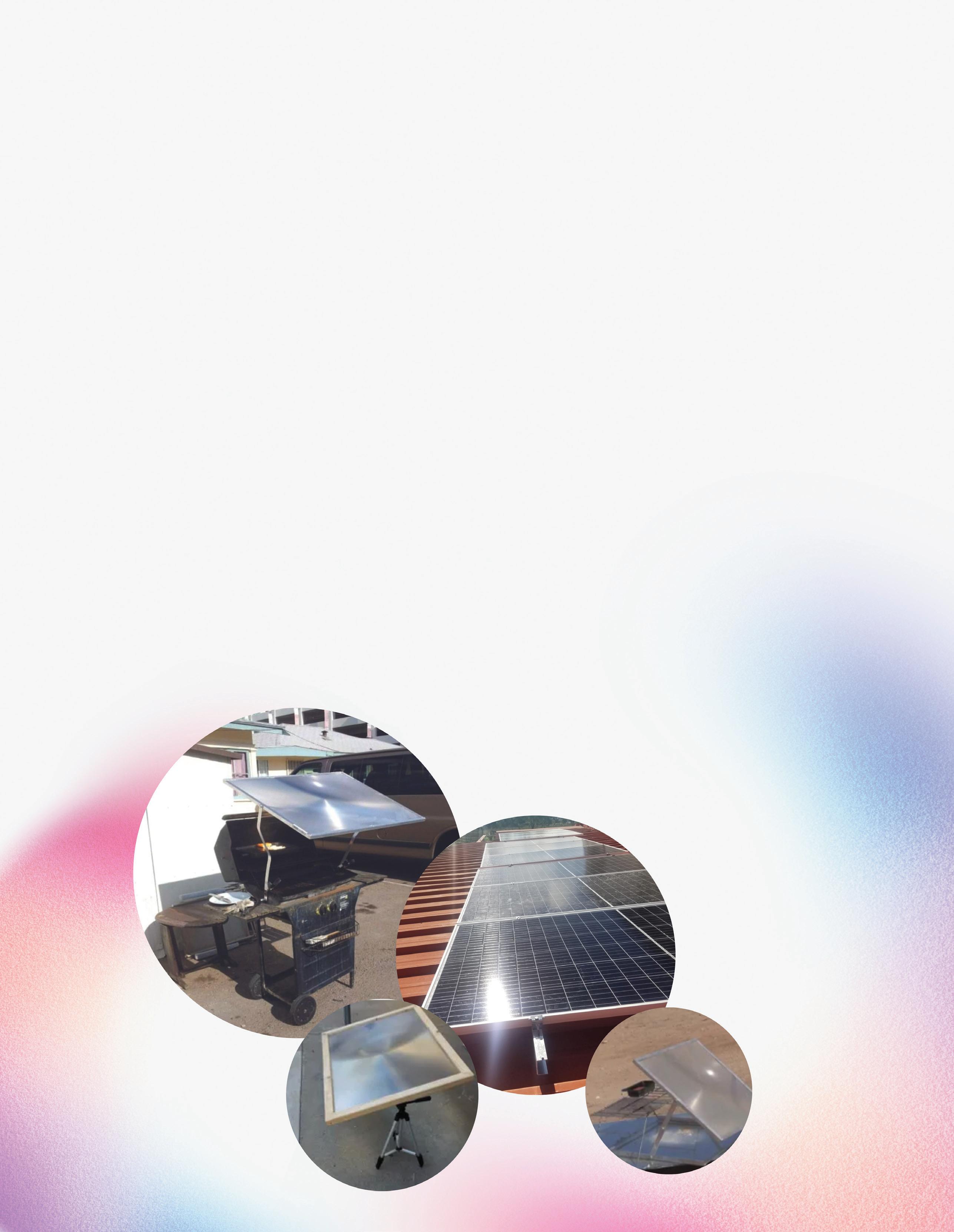
Hay muchas empresas más grandes que venden e instalan sistemas solares, y sus precios son por un sistema de 5,1 kw que pueden costar entre $20,000 y $30,000 dólares. Solar Man diseñará un sistema específicamente para sus necesidades energéticas que probablemente le ahorrará miles de dólares.
Después de que un cliente ordena un sistema solar residencial de muchas compañías más grandes, la espera para la instalación es de cuatro a seis meses. Con Solar Man, la espera de un nuevo sistema solar suele fluctuar entre dos semanas a un mes. Si algo sale mal con su sistema, el servicio estará disponible en un tiempo récord ya que Solar Man vive y trabaja exclusivamente en sistemas solares en el área de Rincón.
Para obtener más información, puede contactar a Solar Man al 787.228.6960 o visite su sitio web en www.solvivor.com para ver lo que tiene para ofrecer.
Page 49

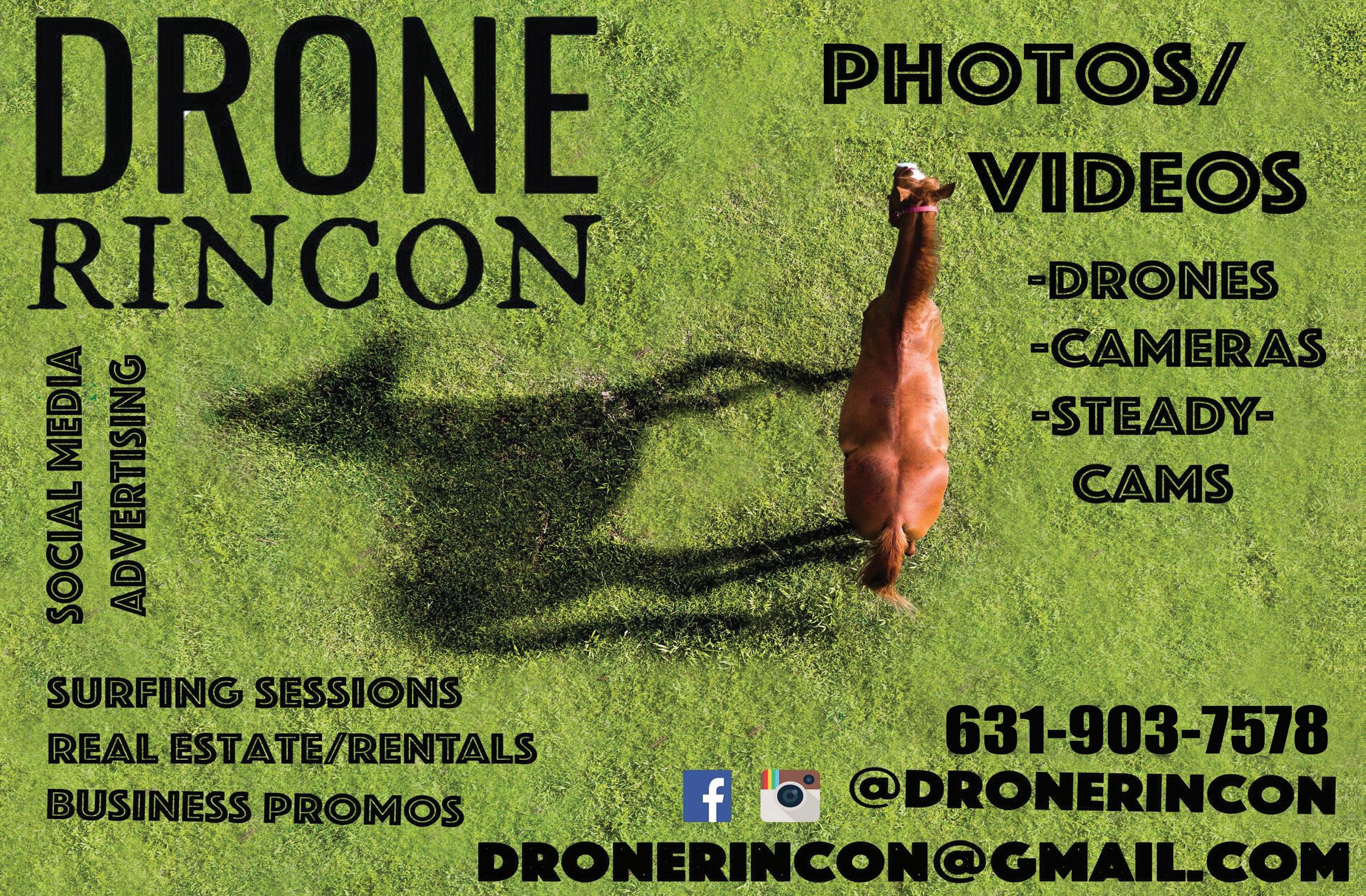
Page 50

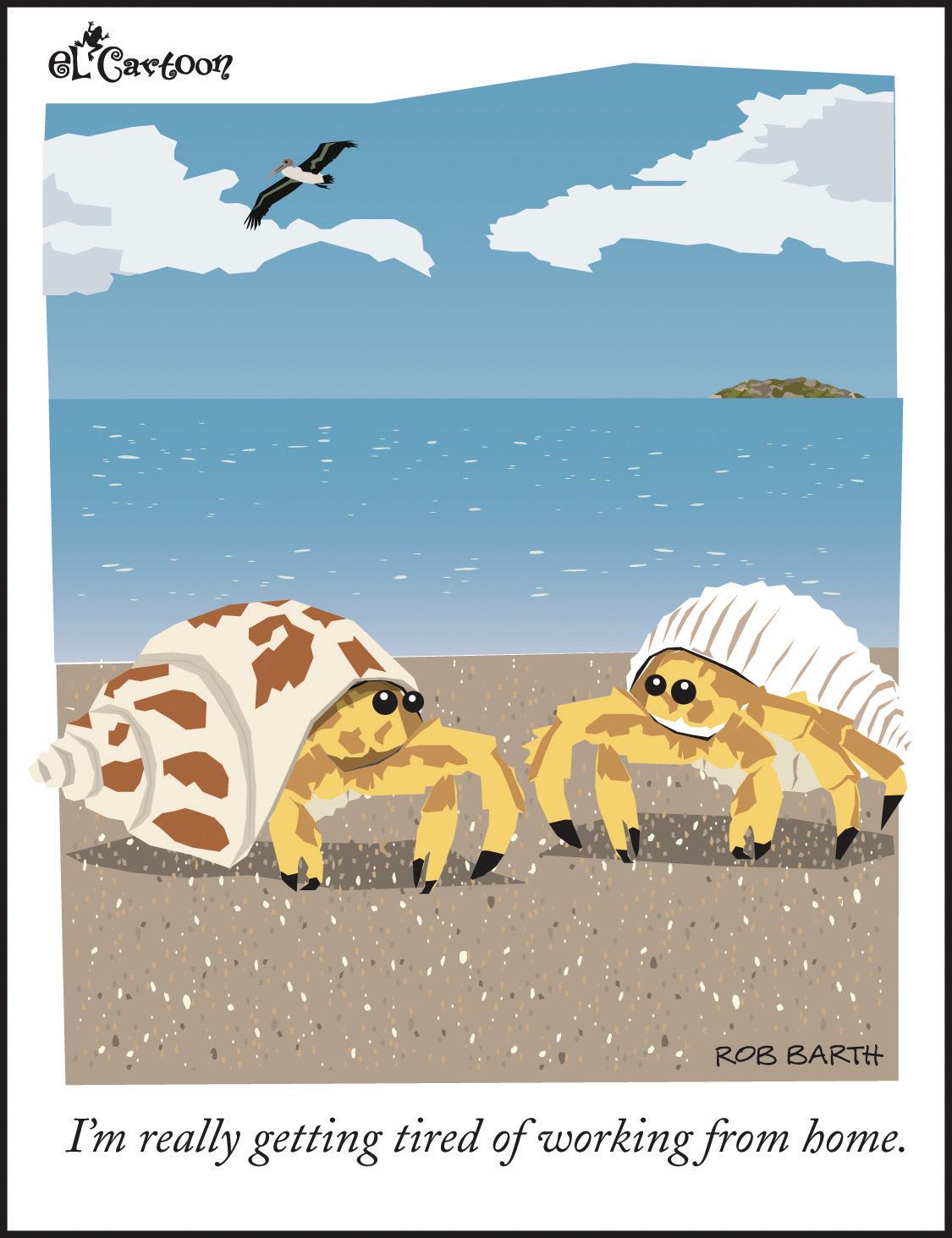


Page 51
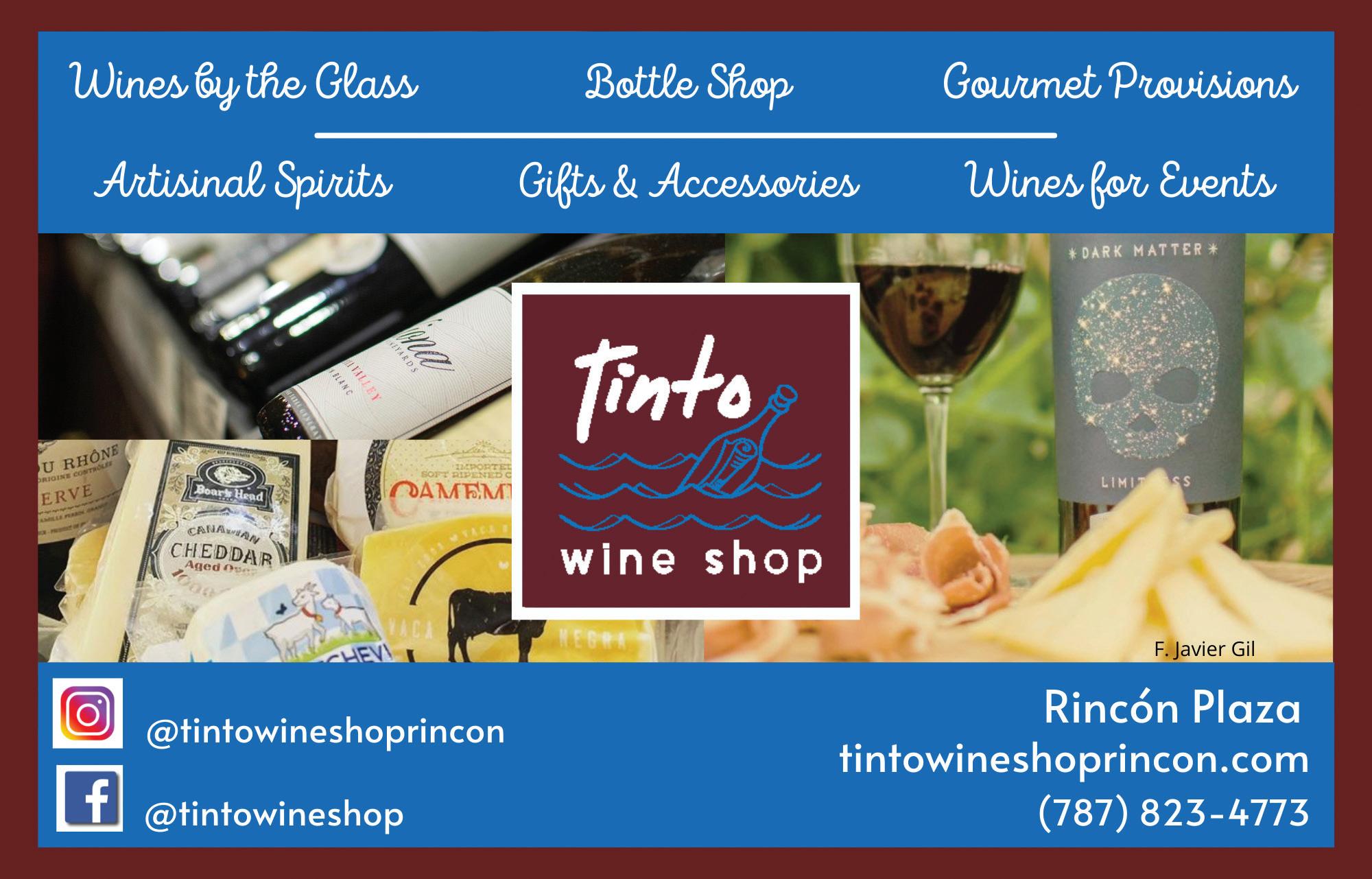
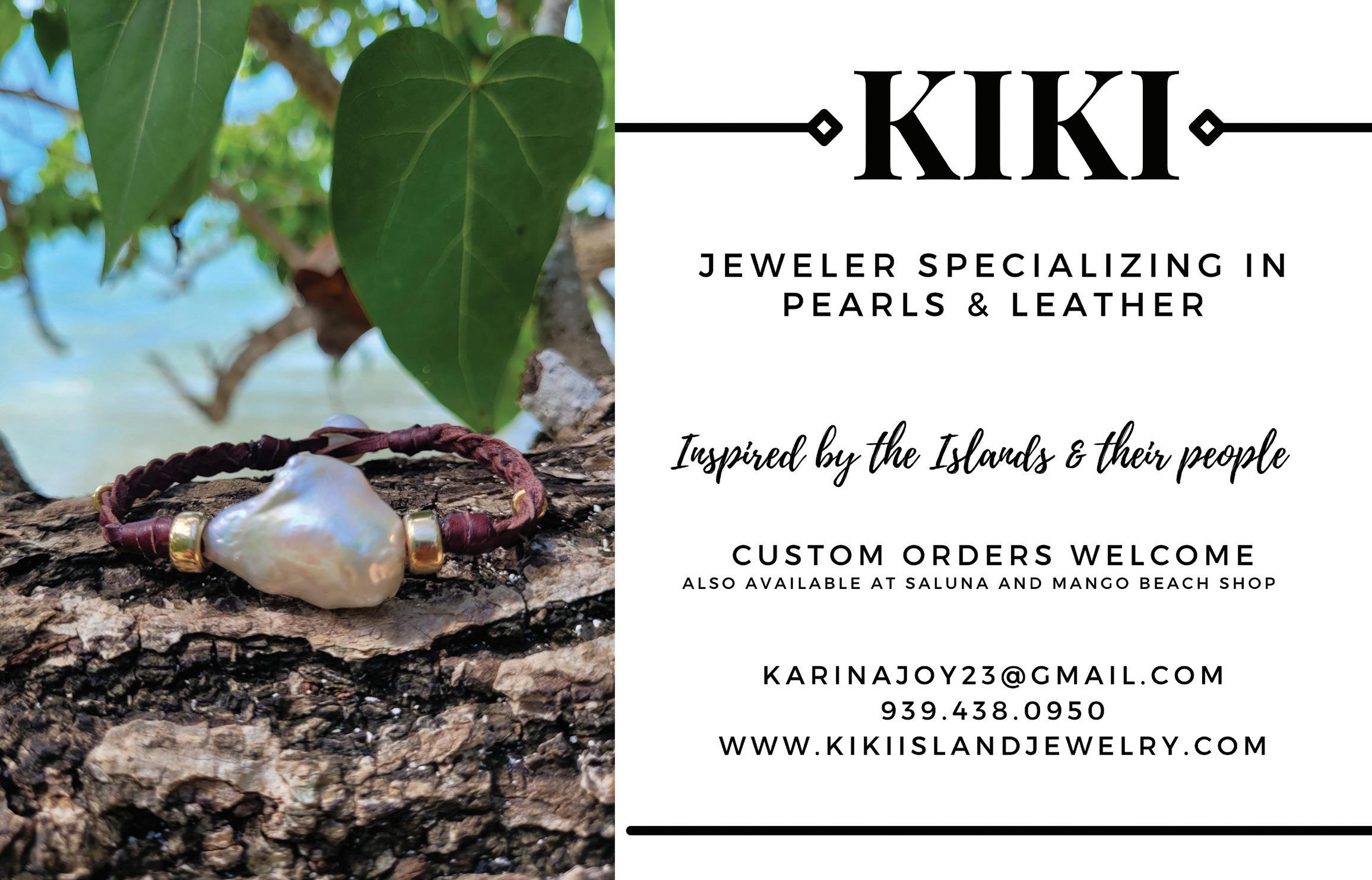
Page 52

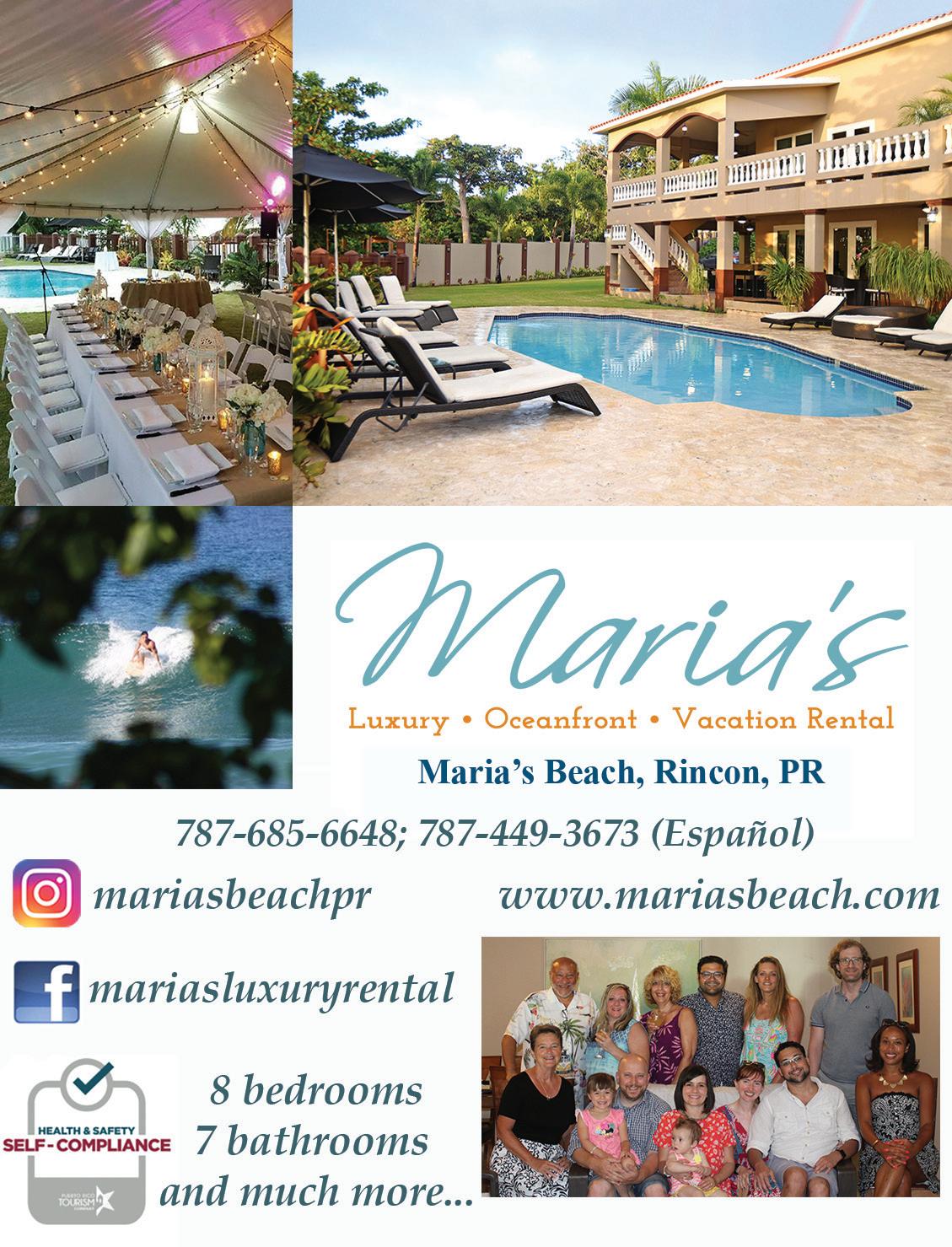

Page 53
Aloe Vera is a very common tropical succulent that grows quite well in Puerto Rico. The ancient Egyptians called it the”plant of immortality”. It is recognized for its medicinal and soothing properties and is considered one of the most powerful medicinal plants in the world. This offers many advantages in the field of health and is present in many of the products we use or consume on a daily basis.
1. Aloe is a plant with healing and soothing properties for personal care and use on the skin
It is not a novelty that this plant is used by large recognized brands and doctors for healing and beauty purposes. Mainly to cure skin diseases, burns, and scars. It is also amazing for strengthening of the hair and prevention of hair loss. If you suffer from acne, skin blemishes, or large pores, applying it to your face can be very helpful. Massage cold aloe on your face, then rinse with warm water. Aloe vera gel is naturally calming, moisturizes, and helps healing and cell regeneration.
2. Aloe promotes gut health and immunomodulatory support
The internal consumption of aloe vera helps heal ulcers, inflammation in the intestine, and constipation. It strengthens the immune system by containing acemanano which is a polysaccharide that acts as a powerful stimulator of white blood cells. It is also a compound with antiviral, antineoplastic, and gastrointestinal properties.
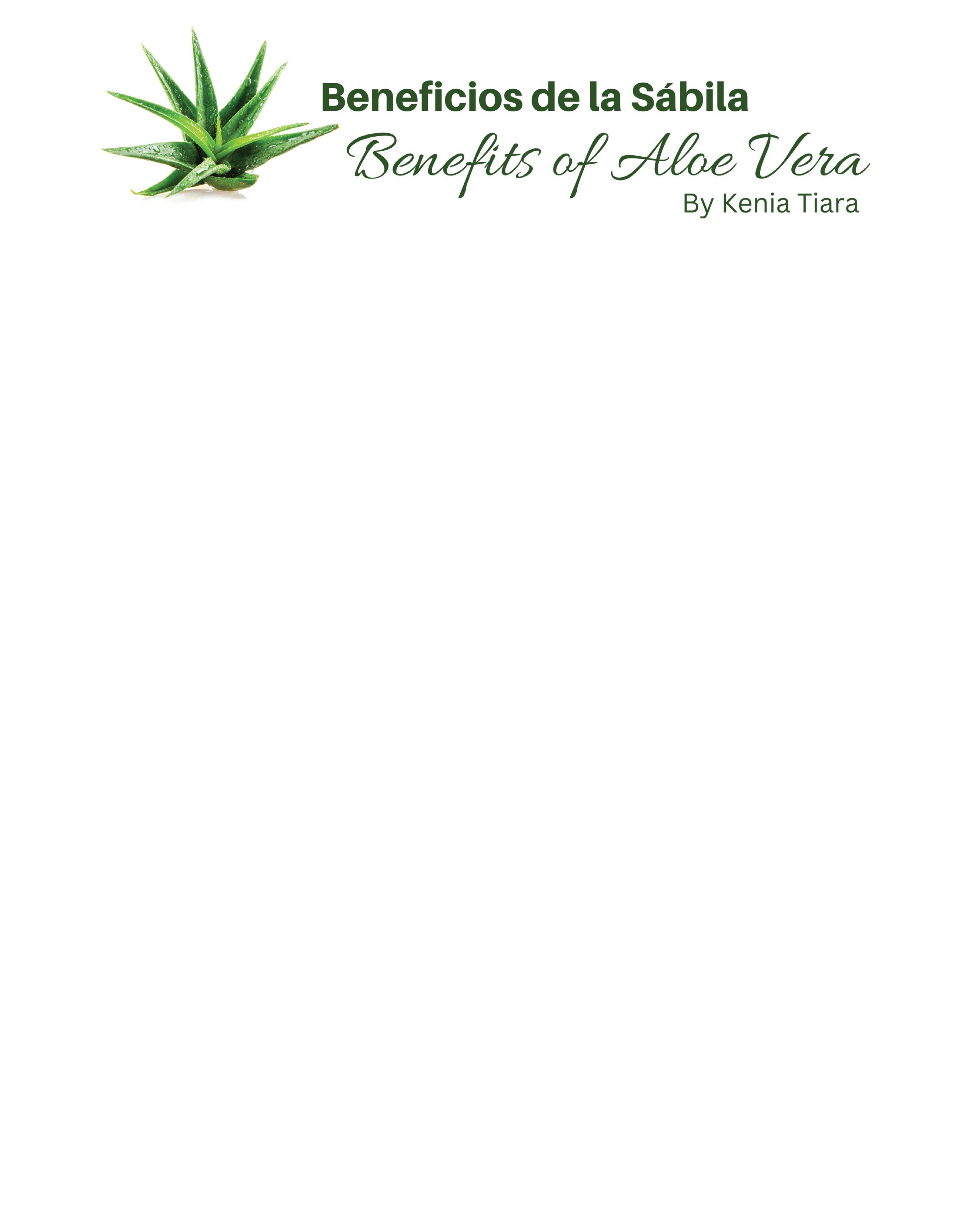
3. Aloe serves as a natural syrup to fight diseases and helps the instantaneous extraction of phlegm
[NATURAL HONEY, NATURAL LEMON JUICE, & ALOE VERA]
This combination of ingredients will be of great help for the following: These ingredients should be blended until they have a viscous liquid consistency free of lumps. The amount of each ingredient is to taste and need. This mixture must be refrigerated and can be kept in the fridge for a long time. You can ingest a tablespoon daily either in the morning or at night. This mixture can help cure that cold that you have locked in your chest and you will instantly notice how the extraction of phlegm begins in the respiratory tract. You can also add ginger to taste as it is a natural antibiotic. If you are pregnant or suffer from diabetes, you should consult a specialist doctor, since it increses the production of insulin in the body. This combination serves as a perfect homemade mask for oily hair. You must ensure that it is in contact with the scalp. [2 tablespoons honey, 2 tablespoons aloe gel, 1 teaspoon lemon juice] Mix all the ingredients and apply to damp hair, adding the mask from root to tip. Make sure that most of the mask is on the scalp. If you have long or thick hair, you can double the recipe. Wrap hair in a bun or plastic cap for 30 minutes. The honey has moisturizing properties, while the aloe gel has conditioning botanicals that help the skin. Lemon juice acts as a natural astringent to help reduce oil secretion from having oily hair. Rinse with lukewarm water.
If your purpose is to prevent hair loss, you must do the following, only with the aloe vera gel: You must apply it three times a week for the first month. Then twice a week the second month. The third month, once a week and from the fourth month onwards, only once every fortnight. Rinse hair with lukewarm water and only use hair products such as shampoo or conditioner on days you are not using the treatment.
Although we emphasized certain benefits of this proven herbal medicine, it must be taken into account that everything in excess can cause side effects. It all depends on the purpose you use it for and the amounts used. If in doubt, it is always advisable to ask a specialist or do a thorough investigation. Meanwhile, opt for a healthier life and give a succulent touch to your fruit drinks with Aloe Vera.
La sábila se refiere a la Aloe vera. Es una planta suculenta tropical que es muy común y se da bastante bien en Puerto Rico. Los antiguos egipcios la denominan como “planta de la inmortalidad”. Es reconocida por sus propiedades medicinales y calmantes considerándose una de las plantas medicinales más poderosas del universo. Esta ofrece muchas ventajas en el campo de la salud y está presente en muchos de los productos que utilizamos o consumimos a diario.
1. Es un ingrediente con propiedades curativas y calmantes para el uso del cuidado personal y la piel
No es una novedad que esta planta es utilizada por grandes marcas reconocidas y doctores con fines curativos y de belleza. Principalmente para curar enfermedades de la piel, quemaduras y cicatrices. Es increíble para el fortalecimiento del cabello para de esta manera evitar la caída del mismo. Si sufres de acné, manchas en la piel o poros abiertos, el aplicarlo en tu rostro sirve de mucha ayuda y más aún si lo aplicas en frío en forma de masaje y luego enjuagas con agua tibia. El gel de la sábila es un calmante natural que hidrata y ayuda a una mejor cicatrización y regeneración de células.
2. Promueve la salud intestinal y el refuerzo inmunomodulador
El consumo interno de la sábila es beneficioso para curar úlceras, inflamaciones en el intestino y estreñimiento. Fortalece el sistema inmunitario al contener acemanano natural que es un polisacárido que actúa como un potente estimulador de glóbulos blancos. Es un compuesto con propiedades antivirales, anti-neoplásicas y gastrointestinales.
3. Sirve como jarabe natural para combatir enfermedades y ayuda la extracción instantánea de flema
[MIEL NATURAL, JUGO DE LIMÓN NATURAL y SÁBILA]
Esta combinación de ingredientes te será de gran ayuda para diversos propósitos: Se debe licuar estos ingredientes hasta tener una consistencia líquida de modo viscoso libre de grumos. La cantidad de cada ingrediente es a gusto y necesidad. Esta mezcla al realizarla se debe refrigerar. Es algo que se puede mantener en la nevera por un largo tiempo según su consumo. Se puede ingerir una cucharada diaria ya sea en la mañana o en la noche. Esto te ayuda a curar ese catarro que tienes encerrado en el pecho y al instante notarás cómo comienza la extracción de flema en las vías respiratorias. Le puedes añadir jengibre a gusto ya que es un antibiótico natural. Si usted está embarazada o sufre de diabetes, debe consultarlo con un doctor especialista, ya que favorece a la producción de insulina en el cuerpo al consumirla. También, sirve como mascarilla casera perfecta para el cabello graso. Eso sí, se debe asegurar que esté en contacto con el cuero cabelludo. [2 cucharadas de miel, 2 cucharadas de gel de aloe, 1 cucharadita de jugo de limón] Mezcla todos los ingredientes y aplica sobre el cabello húmedo, agregando la mascarilla desde la raíz hacia la punta. Asegúrate de que la mayor parte de la mascarilla esté en el cuero cabelludo. Si tienes el pelo largo o grueso, puedes duplicar la receta. Envuelve el cabello en un moño o gorro plástico durante 30 minutos. La miel tiene propiedades hidratantes, mientras que el gel de aloe tiene ingredientes botánicos acondicionadores que ayudan a la piel. El jugo de limón actúa como astringente natural para ayudar a reducir la secreción de aceite de tener el pelo graso. Enjuaga con agua tibia. Si tu propósito es evitar la caída del cabello debes realizar lo siguiente, solamente con el gel de la sábila: Debes aplicarlo tres veces por semana el primer mes. Luego, dos veces por semana el segundo mes. El tercer mes, una vez por semana y del cuarto mes en adelante, solo una vez cada quince días. Enjuagar el cabello con agua tibia y solo utilizar productos para el cabello como shampoo o acondicionador los días que no utilice el tratamiento.
Aunque hacemos énfasis a ciertos beneficios principales de un sin número demostrados desde el punto de la medicina herbolaria, hay que tomar en cuenta que todo en exceso puede causar efectos secundarios. Todo depende con el fin que la utilices y las cantidades correctas. De tener dudas, siempre es recomendable preguntar a un especialista o hacer una investigación exhaustiva. Mientras tanto, opten por una vida más saludable y da un toque suculento a tu bebidas frutales con el Áloe Vera.
Page 54
I learned the recipe for this salad while visiting a friend in England. It’s crisp, sweet, and tart!
Salad Ingredients
1 head of romaine lettuce chopped
2 cups of cubed watermelon
Sliced red onion, about half a cup
½ cup of crumbled feta cheese
¼ cup of pine nuts
For the dressing
½ cup olive oil
¼ cup white wine vinegar
1 tablespoon of honey
1 teaspoon of Dijon mustard
Salt and pepper to taste
Combine all ingredients and enjoy. Best served cold.
Aprendí la receta de esta ensalada mientras visitaba a una amiga en Inglaterra. ¡Es crujiente, dulce y agrio!
Ingredientes de la ensalada

1 cabeza de lechuga romana picada
2 tazas de sandía en cubos
Cebolla roja en rodajas, aproximadamente media taza
½ taza de queso feta desmenuzado
¼ de taza de ‘pine nuts’
Para el aderezo
½ taza de aceite de oliva
¼ taza de vinagre de vino blanco
1 cucharada de miel
1 cucharadita de mostaza Dijon
Sal y pimienta para probar
Combina todos los ingredientes y disfruta. Mejor servido frío.
Page 55
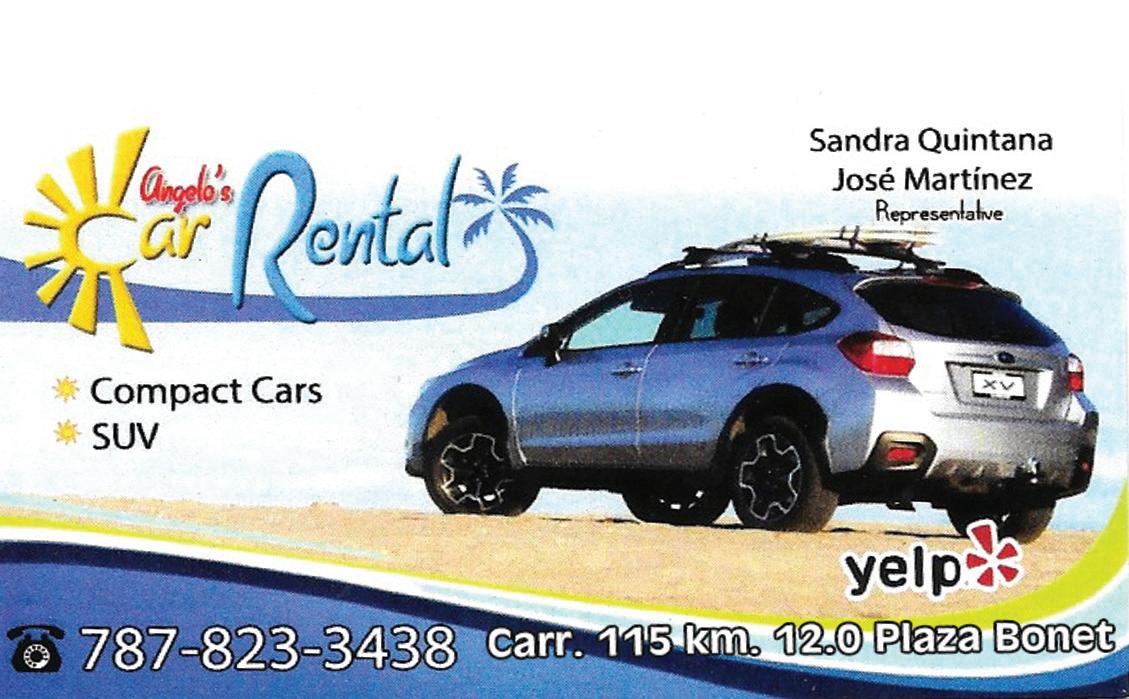
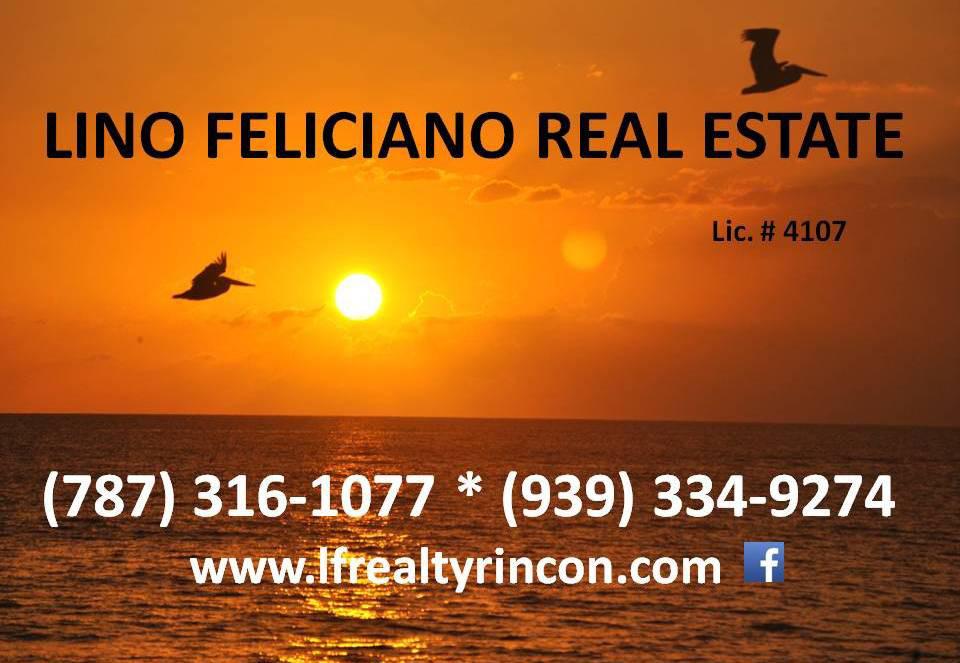
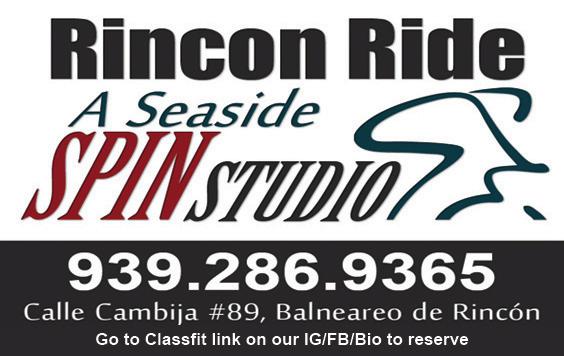


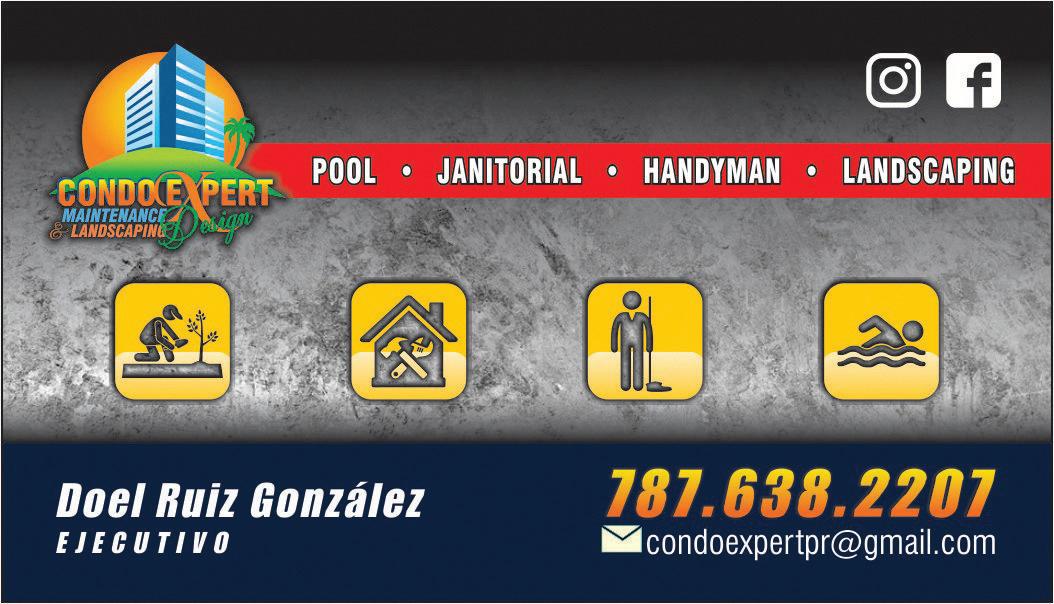

Page 56

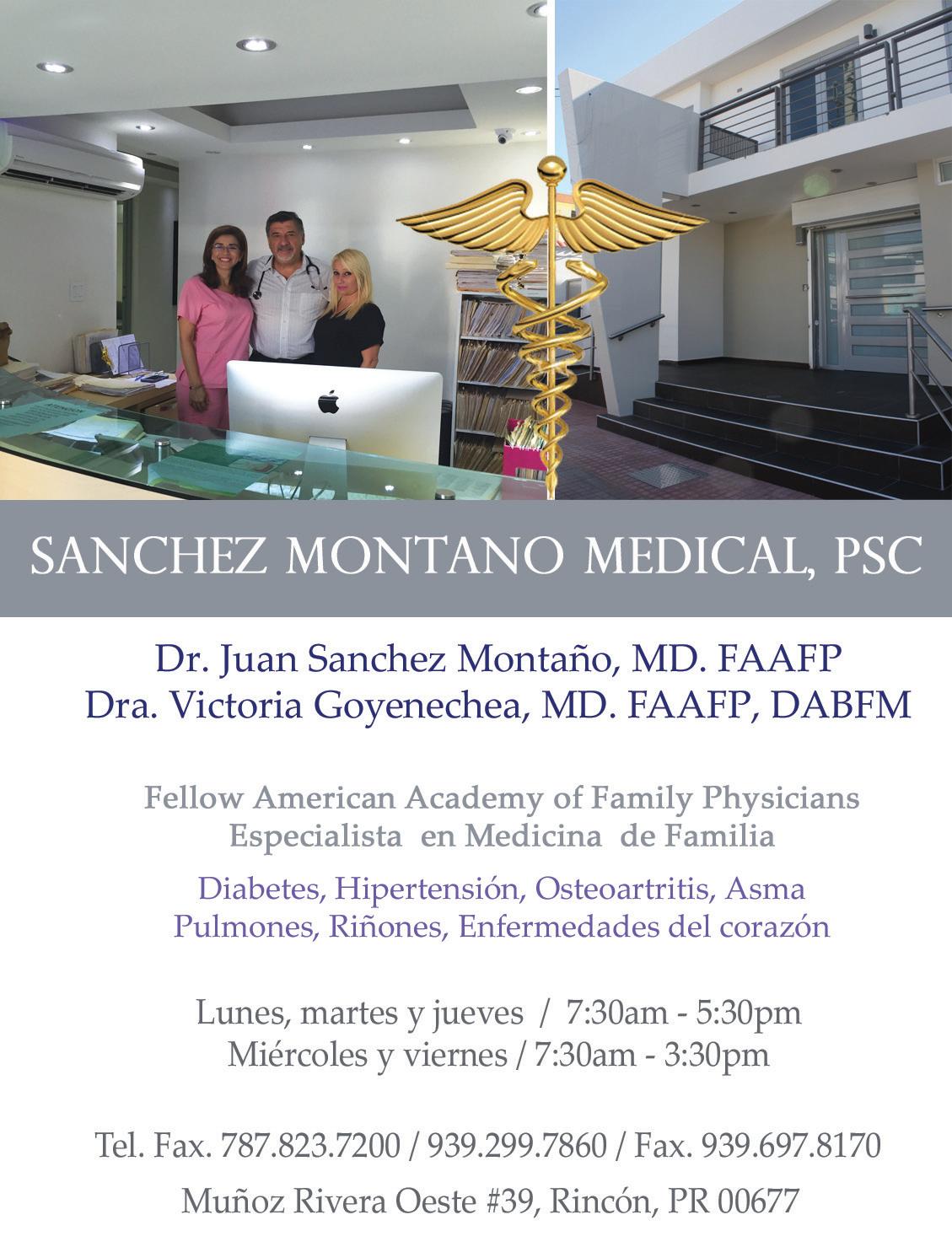

Page 57




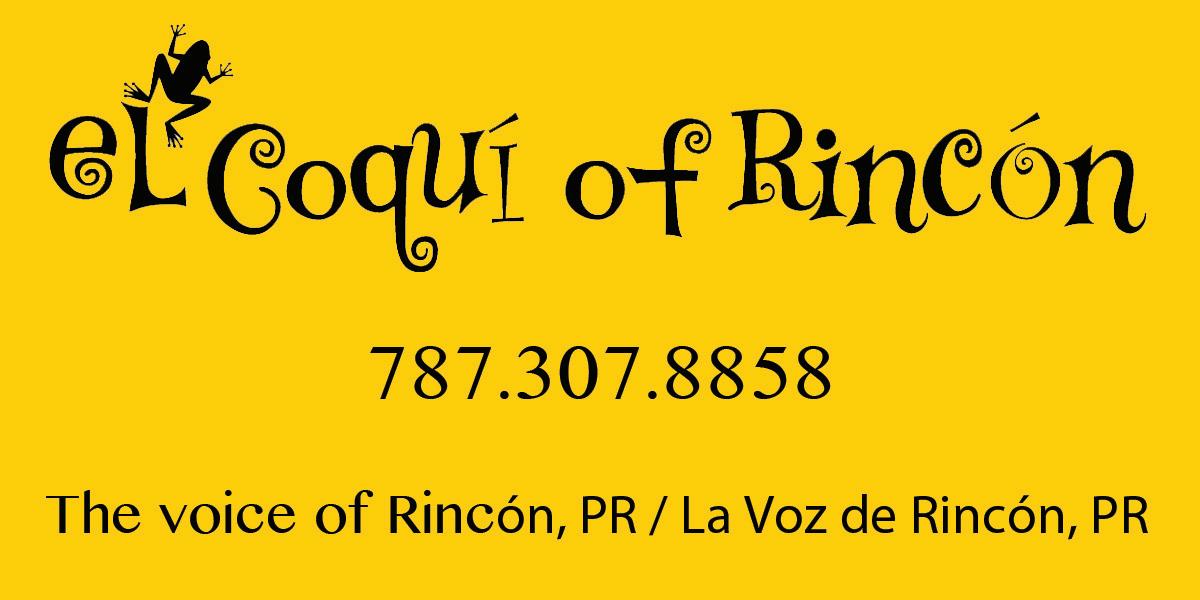
Page 58


Page 59 Page 59
